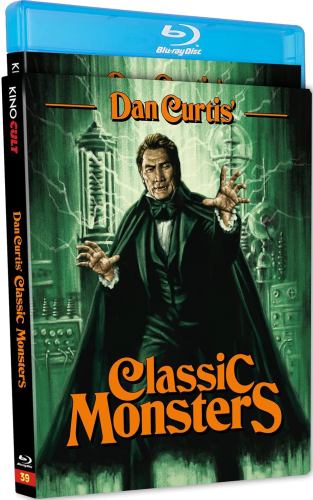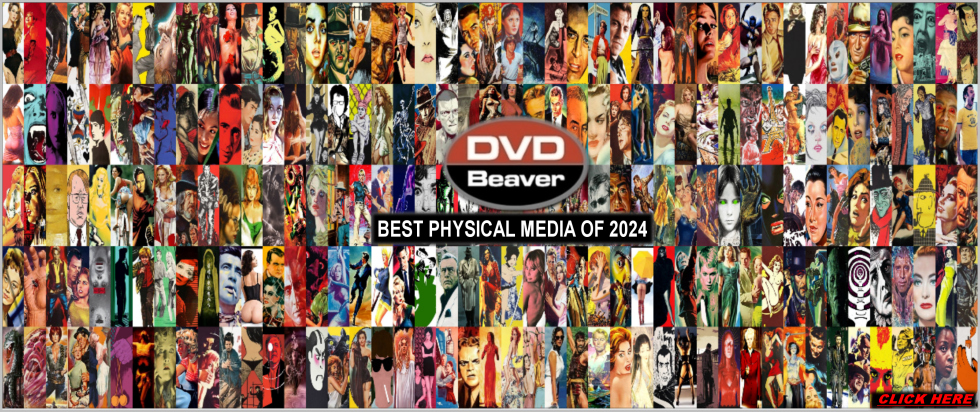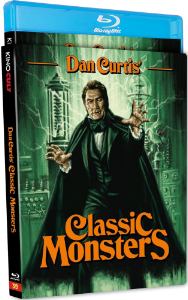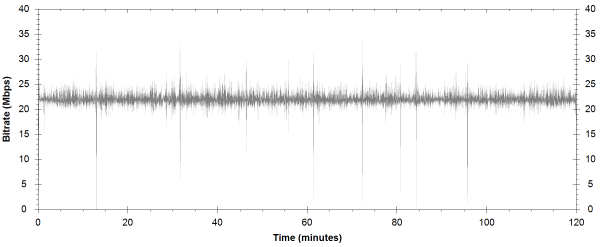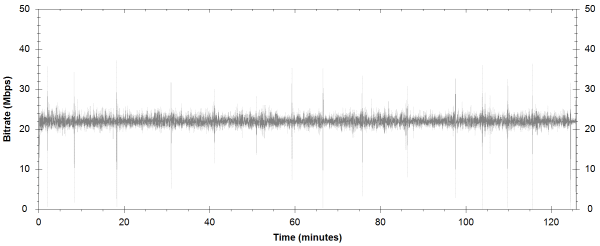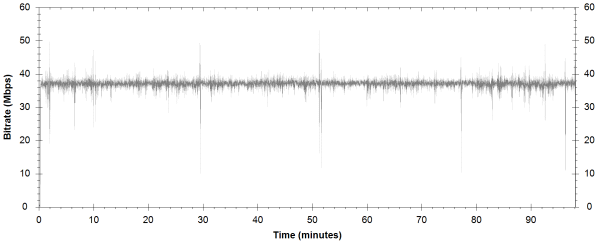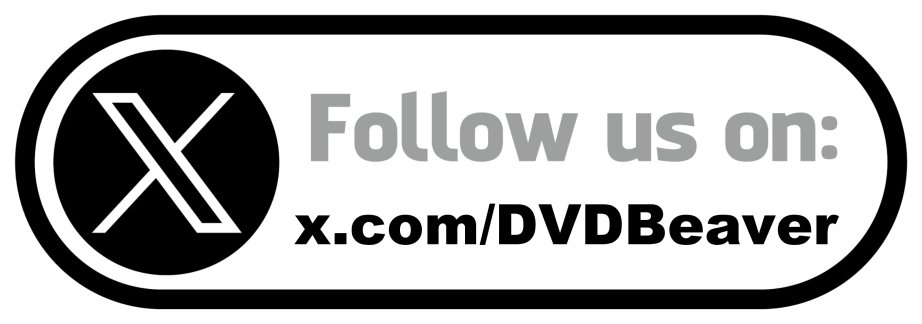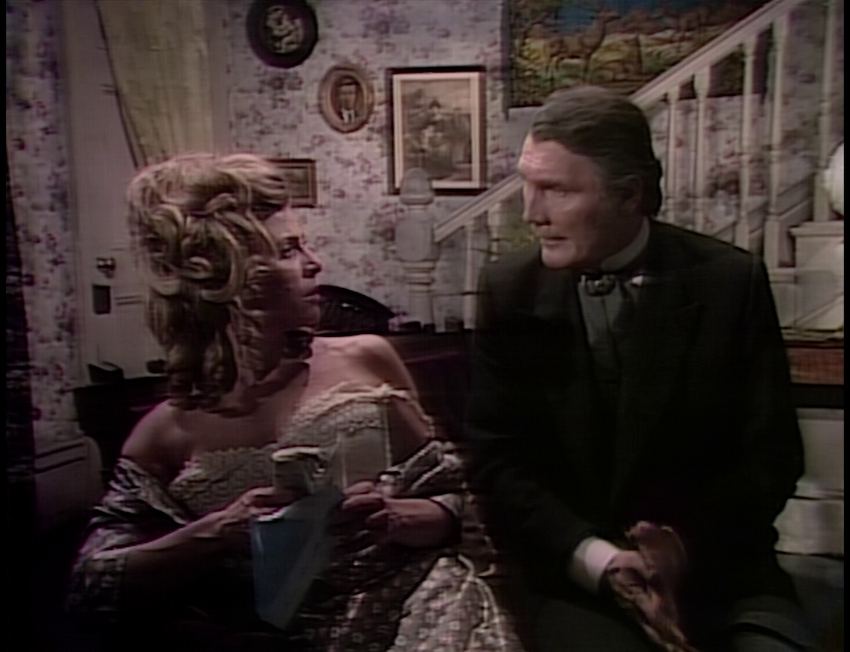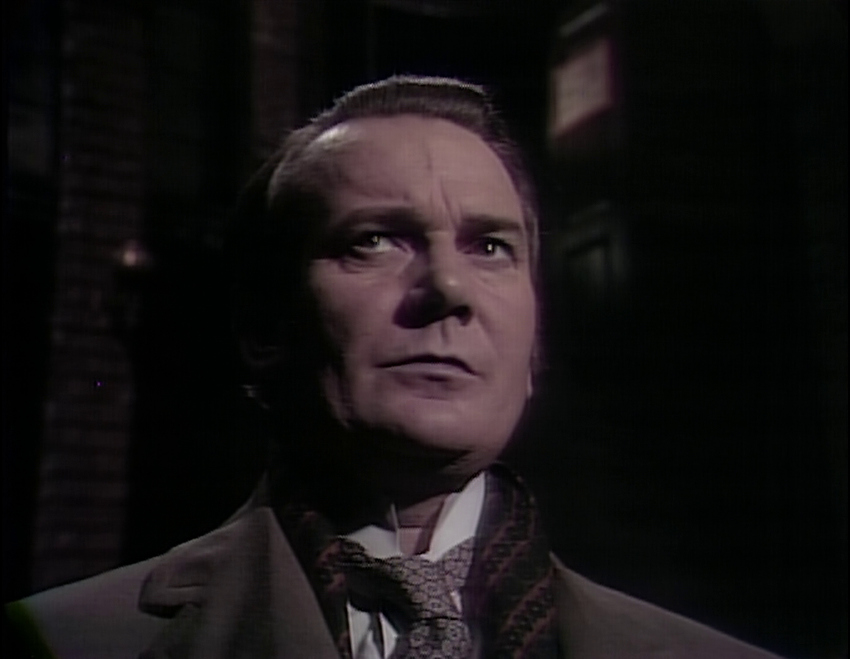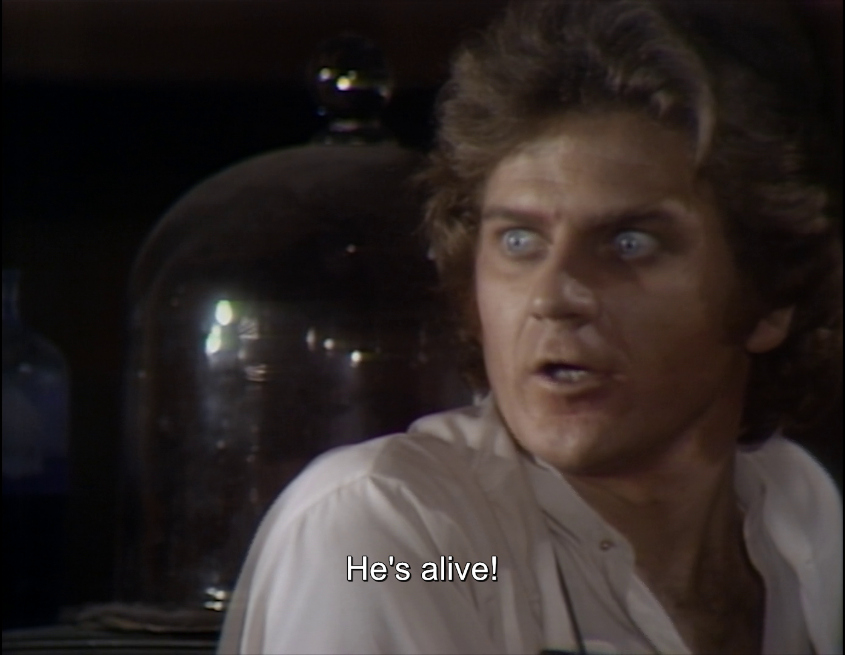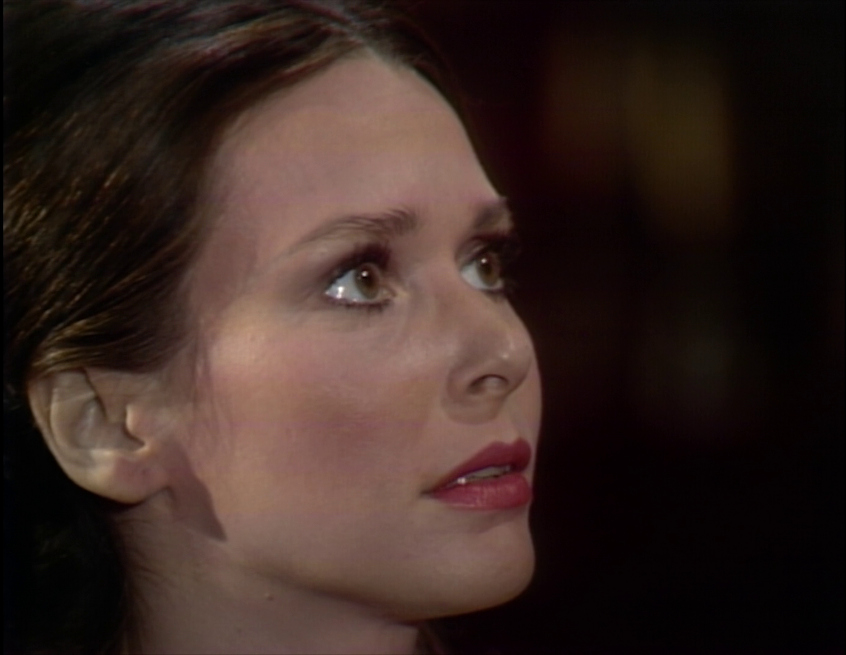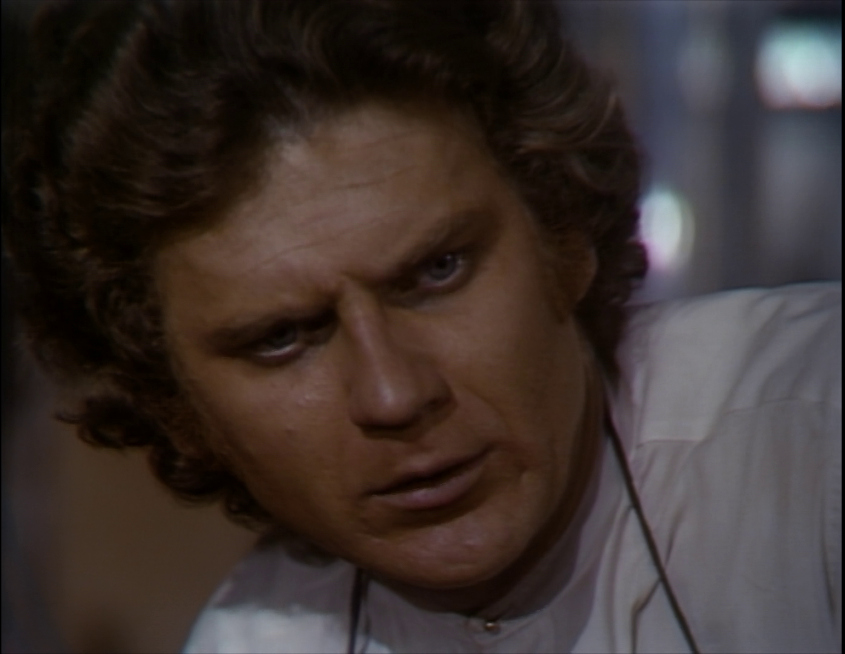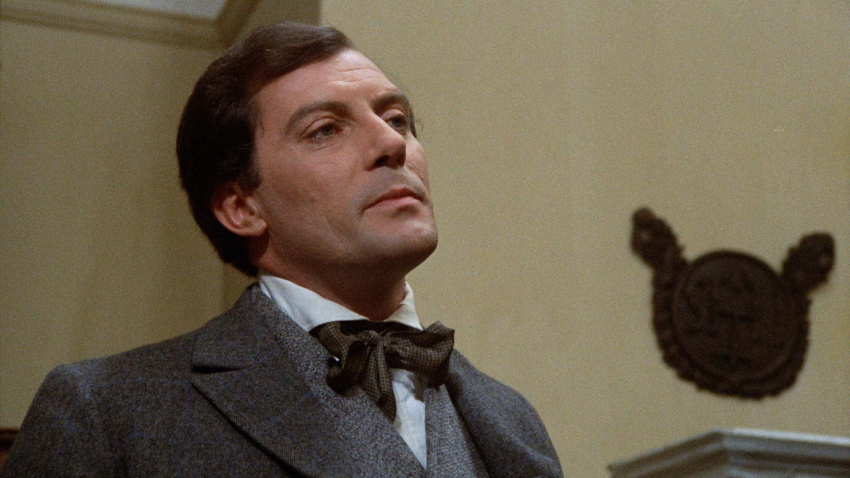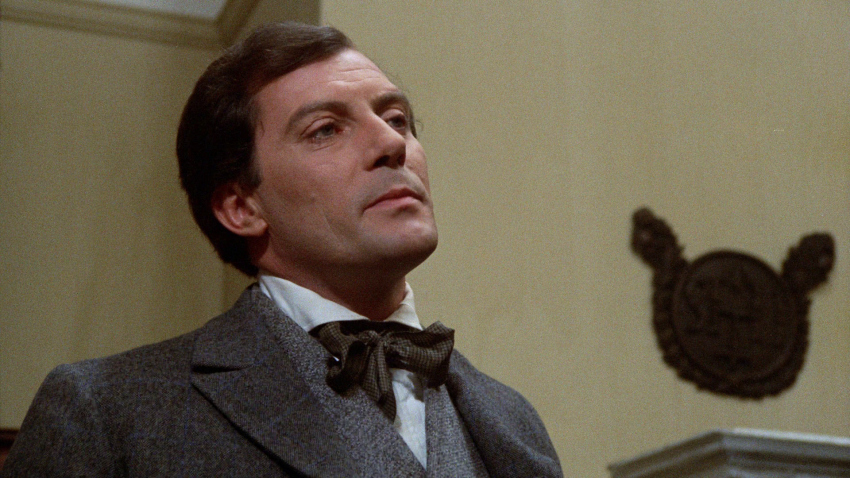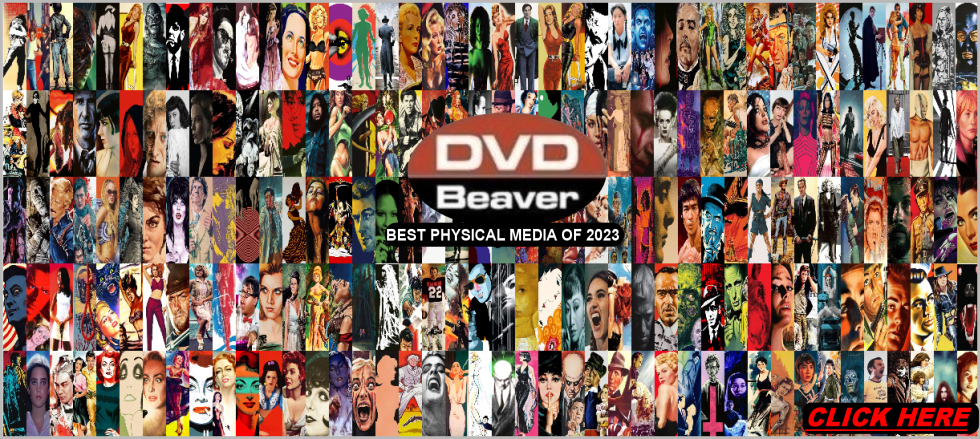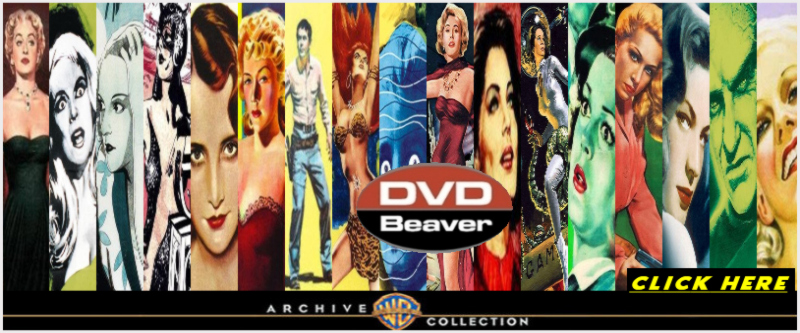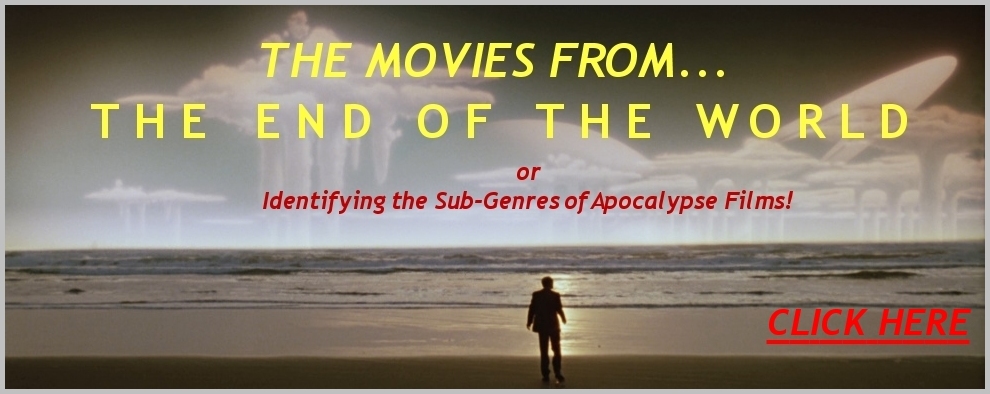|
An
enormous, sincere thank you to our phenomenal
Patreon
supporters! Your unshakable dedication is the bedrock that keeps DVDBeaver
going - we’d be lost without you. Did you know? Our patrons include a
director, writer, editor, and producer with honors like Academy Awards for
Best Picture and Best Director, a Pulitzer Prize-winning screenwriter, and a
Golden Globe-winning filmmaker, to name a few! Sadly, DVDBeaver has reached a breaking point where our existence hangs in the balance. We’re now reaching out to YOU with a plea for help. Please consider pitching in just a few dollars a month - think of it as the price of a coffee or some spare change - to keep us bringing you in-depth reviews, current calendar updates, and detailed comparisons. I’m am indebted to your generosity! |
![]()
![]()

![]()
![]()
|
Search DVDBeaver |
S E A R C H D V D B e a v e r |
|
|
Dan Curtis' Classic Monsters [2 X Blu-ray]
The Strange Case of Dr. Jekyll and Mr. Hyde (1968)
Frankenstein (1973) Bram Stoker's Dracula (1974)
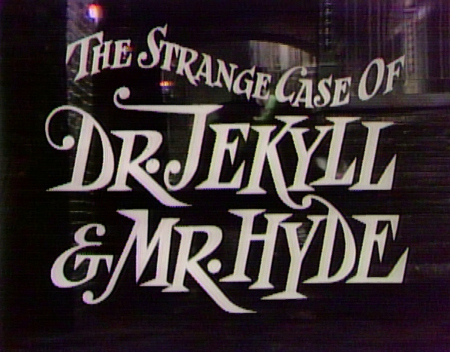 |
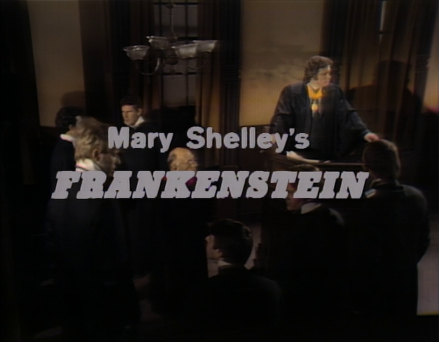 |
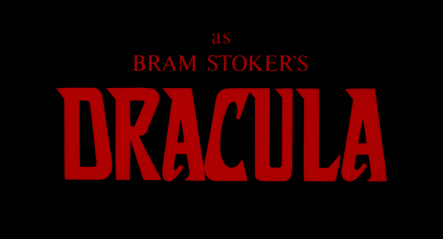 |
|
Widely acclaimed for having modernized television horror in the 1960s and ’70s, producer Dan Curtis (Dark Shadows, The Night Stalker) also embraced more traditional approaches. This special edition presents Curtis’s made-for-TV versions of the three foundational monsters of filmdom. Adapted by Richard Matheson (Somewhere in Time, The Last Man on Earth, The Incredible Shrinking Man,) and starring Jack Palance (Shane), Dracula was filmed in Eastern Europe and was the first film to make a connection between Bram Stoker’s vampire and Vlad the Impaler. Bo Svenson (Inglorious Bastards) portrays the heartbreakingly childlike monster of Mary Shelley’s Frankenstein. Robert Louis Stevenson’s The Strange Case of Dr. Jekyll and Mr. Hyde features a ferocious performance by Palance as the scientist who unbridles the deepest, darkest urges of the human animal. *** The made-for-television films The Strange Case of Dr. Jekyll and Mr. Hyde (1968), Frankenstein (1973), and Bram Stoker’s Dracula (1974), all produced under the direction of Dan Curtis, represent a significant contribution to the horror genre, particularly within the context of 1960s and 1970s television adaptations of classic Gothic literature. The Strange Case of Dr. Jekyll and Mr. Hyde (1968), starring Jack Palance as the tormented doctor and his monstrous alter ego, offers a gritty, psychologically intense take on Robert Louis Stevenson’s novella. Palance’s performance is a standout, capturing the duality of Dr. Jekyll’s internal struggle and Mr. Hyde’s unrestrained savagery, with Curtis emphasizing the horror through stark lighting and claustrophobic sets that amplify the narrative’s themes of repression and moral decay. Frankenstein (1973), featuring Robert Foxworth as Victor Frankenstein and Bo Svenson as the Creature, reinterprets Mary Shelley’s novel with a focus on the emotional and philosophical ramifications of unchecked ambition. The film leans into the Creature’s tragic humanity, portraying him as a misunderstood being rather than a mere monster, while Curtis’s direction grounds the story in a somber, almost mournful atmosphere, enhanced by practical effects and a haunting score. Bram Stoker’s Dracula (1974), also starring Jack Palance as the iconic vampire, distinguishes itself by striving for fidelity to Stoker’s novel, a rarity for adaptations of its time. Palance’s Dracula is both aristocratic and feral, blending charisma with menace, while the film’s Gothic visuals—candlelit castles, foggy moors, and crimson blood—create a chilling yet romanticized portrayal of vampirism. These three films, though constrained by television budgets, showcase Curtis’s ability to distill the essence of these literary classics, balancing horror with human drama and exploring timeless themes of hubris, duality, and the supernatural, making them enduring entries in the canon of Gothic horror adaptations. |
Posters
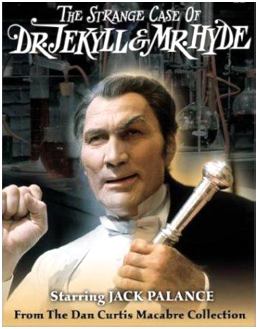 |
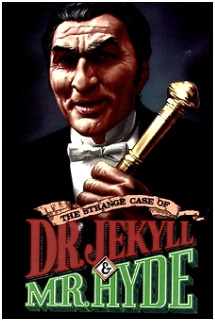 |
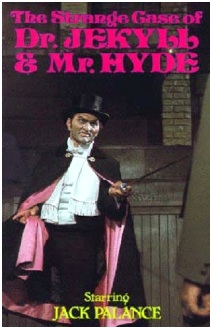 |
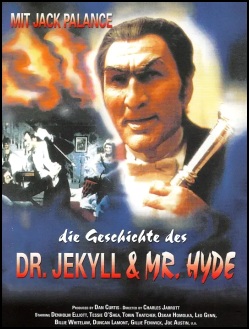 |
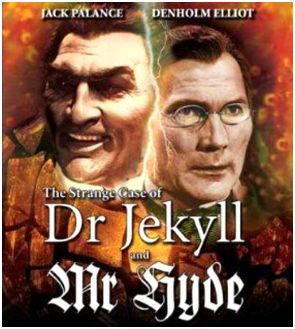 |
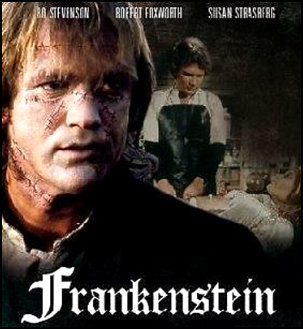 |
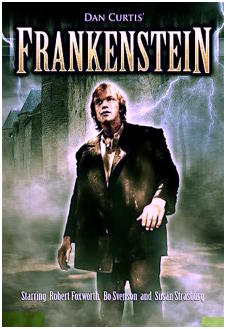 |
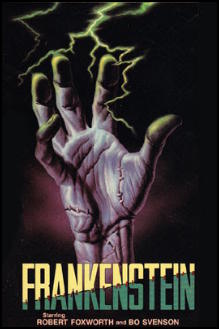 |
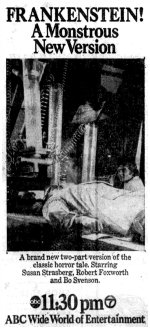 |
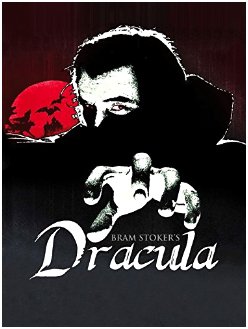 |
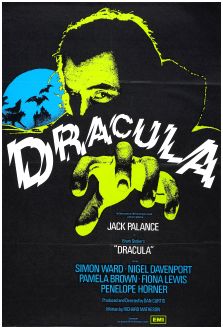 |
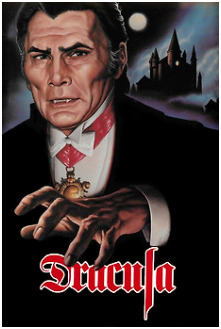 |
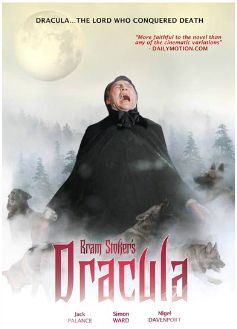 |
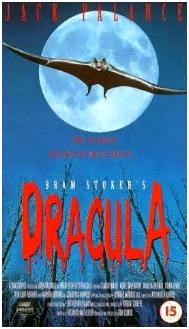 |
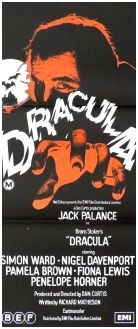 |
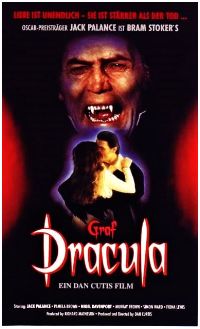 |
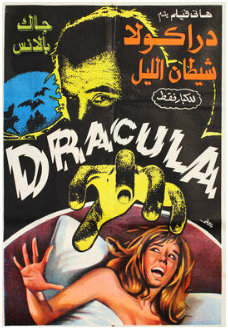 |
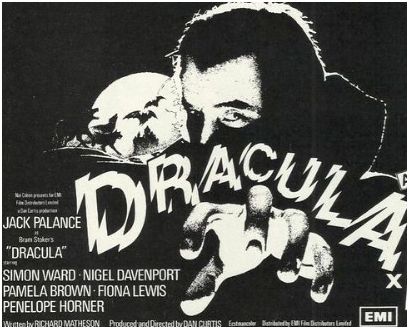 |
Releases: January 7th, 1968 - February 8th, 1974
Review: Kino Cult #39 - Region 'A' - Blu-ray
| Box Cover |
|
CLICK to order from: BONUS CAPTURES: |
| Distribution | Kino - Region 'A' - Blu-ray | |
| Runtime |
The Strange Case of Dr. Jekyll and Mr. Hyde (1968): 2:00:00.393 Frankenstein (1973): 2:05:48.107 Bram Stoker's Dracula (1974): 1:38:06.005 |
|
| Video |
The Strange Case of Dr. Jekyll and Mr. Hyde (1968): 1.33 :1 1080i Dual-layered Blu-rayDisc Size: 49,554,560,211 bytesFeature: 22,659,336,192 bytes Video Bitrate: 21.99 MbpsCodec: MPEG-4 AVC Video |
Frankenstein (1973): 1.33 :1 1080i Dual-layered Blu-rayDisc Size: 49,554,560,211 bytesFeature: 23,974,649,856 bytes Video Bitrate: 21.99 MbpsCodec: MPEG-4 AVC Video |
|
Bram Stoker's Dracula (1974): 1.78 :1 1080P Dual-layered Blu-rayDisc Size: 35,385,042,900 bytesFeature: 31,710,339,072 bytes Video Bitrate: 36.99 MbpsCodec: MPEG-4 AVC Video |
||
|
NOTE: The Vertical axis represents the bits transferred per second. The Horizontal is the time in minutes. |
||
| Bitrate The Strange Case of Dr. Jekyll and Mr. Hyde Blu-ray: |
|
|
| Bitrate Frankenstein (1973) Blu-ray: |
|
|
| Bitrate Bram Stoker's Dracula (1974) Blu-ray: |
|
|
| Audio |
DTS-HD Master
Audio English 1958 kbps 2.0 / 48 kHz / 1958 kbps / 24-bit (DTS Core: 2.0 /
48 kHz / 1509 kbps / 24-bit) DTS-HD Master
Audio Spanish 1554 kbps 2.0 / 48 kHz / 1554 kbps / 16-bit (DTS Core: 2.0 /
48 kHz / 1509 kbps / 16-bit) Dolby Digital Audio English 192 kbps 2.0 / 48 kHz / 192 kbps / DN -31dB |
|
| Subtitles | English (SDH), None | |
| Features |
Release Information: Studio: Kino
Edition Details: Blu-ray 1 • Introductions to All Films by Jeff Thompson, Author of The Television Horrors of Dan Curtis (Dracula - 7:02, Frankenstein - 4:15, The Strange Case of Dr. Jekyll and Mr. Hyde - 4:33) • Dracula Audio Commentary by Mark Dawidziak • Dracula Interview with Actor Jack Palance (3:54) • Dracula Interview with Producer/Director Dan Curtis (4:20) • Dracula Alternate Footage and Scenes (6:29) • Dracula Trailer (2:52) Blu-ray 2 • Frankenstein Audio Commentary by Film Scholar Rodney F. Hill (Hofstra University) • Frankenstein Audio Commentary with Actors Robert Foxworth (Victor Frankenstein) and John Karlen (Otto Roget) • Frankenstein ABC-TV Wide World Mystery Promos (9:43) • Dr. Jekyll and Mr. Hyde Audio Commentary by Author, Artist and Film Historian Steve Bissette • Dr. Jekyll and Mr. Hyde Interview with Makeup Effects Artist Dick Smither (5:35)
Standard Blu-ray Case inside slipcase Chapters 11 / 9 / 10 |
|
| Comments: |
NOTE:
The below
Blu-ray
captures were taken directly from the
Blu-ray
disc.
The first seven Kino Cult titles are
Lorna the Exorcist,
Alien Outlaw,
The Dark Power,
Sinner - the Secret Diary of a Nymphomania,
Underworld aka
Transmutations,
Drifter and a
Bettie Page Double Feature. We have also reviewed the sub-label's
Frogs,
Empire of the Ants,
The Food Of The Gods,
Kingdom of the Spiders,
Nudie-Cutie Triple Feature,
Frankenstein's Bloody Terror, and
Death Packs a Suitcase. I love the idea of
this and hope it continues.
NOTE: We have added 138 more large
resolution
Blu-ray
captures (in lossless PNG format) for DVDBeaver Patrons
HERE
On their
Blu-rays,
Kino use DTS-HD Master dual-mono tracks (24-bit) in the original English
language for all three films. staying true to the original television
broadcasts' single-channel sound design without any artificial upmixing
to surround formats, which maintains the intimate, front-focused
delivery suited to the era's production values. For The Strange Case
of Dr. Jekyll and Mr. Hyde and Frankenstein, the tracks
derive from analog videotape masters, leading to some inherent
limitations like subtle background hiss during quieter moments (such as
Jekyll's introspective monologues or the Monster's anguished grunts in
Frankenstein,) occasional dynamic compression that flattens peaks
in louder effects (e.g., Hyde's guttural snarls during tavern brawls or
the crackling electricity and thunderous footsteps in Victor's lab and
the Creature's rampages), and a narrower frequency response that
emphasizes midrange dialogue and Robert Cobert's
(Dan Curtis'
Trilogy of Terror, the Producer's TV Movie
features -
Shadow of Fear,
The Invasion of Carol Enders,
Come Die With Me, and
Nightmare at 43 Hillcrest plus
the TV series of
Kolchak The Night Stalker, plus
The Norliss Tapes,
Scalpel,
Burnt Offerings etc.)
orchestral scores over deep bass or
expansive highs - despite restoration efforts, these exhibit minor
distortions in intense sequences, such as the pounding drums
underscoring Hyde's nocturnal rampages or the mournful piano motifs
evolving into dissonant strings for the Monster's growing isolation and
rage, but dialogue remains clear and intelligible, with Palance's
gravelly intonations shifting dramatically between Jekyll's cultured
restraint and Hyde's feral snarls, while Foxworth's measured anguish as
Victor and Strasberg's emotional pleas as Elizabeth cut through
effectively, and Svenson's sparse, guttural vocalizations as the Monster
convey pathos without overacting. Dracula stands out with a cleaner,
more robust mono track sourced from 35mm elements, offering better
fidelity in sound effects like howling winds across the moors, bat wings
fluttering in the castle halls, or the squelching stakes piercing undead
flesh, alongside a fuller representation of Cobert's haunting waltzes
and theremin tones that blend regal menace with romantic longing during
Palance's hypnotic seductions; this film also includes an optional
Spanish language DUB in lossless, providing accessibility for
international viewers, though it lacks the nuance of the original
English performances. Subtitles are available in English SDH for all
films, aiding in deciphering period accents or muffled whispers
(particularly useful for the Monster's labored speech in Frankenstein),
and the overall mixing prioritizes authenticity - loud ambient cues like
thunderclaps in the climax of Frankenstein or creaking doors in
Dracula's lair are balanced to evoke dread without overwhelming,
though modern audiophiles might note the absence of low-end rumble in
monster roars or atmospheric swells. Kino's audio restorations focus on
noise reduction and equalization to minimize tape degradation, resulting
in tracks that, while not audiophile-grade, faithfully capture the
Gothic melodrama's sonic essence - from the intimate echoes of
Strasberg's screams in Frankenstein to the swirling fog-enhanced
howls in Dracula - making them a significant step up from
compressed streaming audio and enhancing the home-viewing immersion for
these TV classics. Kino's discs are Region 'A'
Blu-rays.
The Kino
Blu-ray
extras package is thoughtfully curated to appeal to horror scholars and
fans of Dan Curtis's oeuvre, offering a mix of new and archival
materials that provide context, analysis, and behind-the-scenes glimpses
without bloating the runtime, though it's lighter on quantity compared
to some boutique releases. Each film receives an introduction by Jeff
Thompson, author of
House of Dan Curtis:
The Television Mysteries of the Dark Shadows Auteur, delivering
concise yet informative overviews: the Dracula intro runs just
over 7 minutes, delving into Curtis's directorial choices, the
reincarnation motif's romantic innovation, and fidelity to Bram Stoker's
epistolary structure; Frankenstein, at 4 minutes, explores the
Sam Hall script's faithful yet emotionally charged adaptation of
Shelley’s novel,
highlighting Bo Svenson's sympathetic portrayal of the Monster as a
misunderstood giant and the production's videotape-shot intimacy that
mirrors
Dark Shadows'
serialized dread; and Jekyll and Hyde at 4 minute highlights the
psychological depth, Palance's visceral dual performance, and its place
as a gritty precursor to the trilogy's themes of inner monstrosity -
these serve as excellent primers, blending historical trivia (like
Frankenstein's ABC Wide World of Mystery airing in January 1973)
with thematic insights on humanizing Gothic icons. Dracula boasts
the richest supplements, including an audio commentary by Mark Dawidziak
(Kolchak: The Night
Stalker Chronicles) that tracks the production's innovations
like equating Dracula with Vlad the Impaler, Palance's feral
charisma versus Christopher Lee's aristocratic aloofness, and
scene-by-scene breakdowns of the Demeter storm and staking climax; a 4
minute archival interview with Jack Palance discussing his preparation
for the role's hypnotic menace and physical demands; a 4 minute
interview with producer/director Dan Curtis reflecting on adapting
Stoker for TV budgets, location shooting in Yugoslavia, and pushing
broadcast boundaries with implied sensuality; 6.5 minutes of alternate
footage and deleted scenes showcasing unused takes from the castle
seduction sequences and extended Van Helsing hunt; and an original
trailer emphasizing the film's Gothic romance and Palance's brooding
intensity. Frankenstein features two audio commentaries: one by
film scholar Rodney F. Hill (Hofstra University and co-author of
The Francis Ford
Coppola Encyclopedia,) analyzing the script's philosophical
layers on creation and isolation, influences from
Boris Karloff's Universal portrayal, Curtis's focus on the
Monster's innocence (praised for Svenson's hulking vulnerability), and
deviations like the De Lacey family's expanded role; the other with
actors Robert Foxworth (Prophecy,
The Black Marble,
Columbo,
Ants,) playing Victor Frankenstein and John Karlen (Otto Roget),
sharing anecdotal memories of filming in California studios, working
with Susan Strasberg (Scream
of Fear,
Kapo,
Sweet Sixteen,
The Manitou,
Psych-Out,
Night Gallery,) on Elizabeth's tragic arc, Svenson's
improvisational physicality during the Monster's "birth" scene, and the
challenges of videotape's live-TV feel; plus 10 minutes of ABC-TV Wide
World Mystery promos, rare archival spots that capture the era's hype
for the event, including teasers of the laboratory sparks and
the Monster's first roar. Dr. Jekyll and Mr. Hyde includes an
audio commentary by author, artist, and film historian Steve Bissette (Cryptid
Cinema: Meditations on Bigfoot, Bayou Beasts & Backwoods Bogeymen of the
Movies,) who dissects the adaptation's Freudian undertones on
repression, bold deviations from Stevenson's novella (like the
dance-hall romance,) and its raw intensity as a bridge to Curtis's later
works; and a short interview with makeup effects artist Dick Smith, detailing the subtle prosthetics for Palance's
Hyde transformation - scarred brows, hunched posture aids, and
quick-change techniques suited to videotape shooting - along with
anecdotes on evoking savagery without gore. These features
emphasize expert commentary and rare interviews, making the set a
valuable resource for deeper appreciation, for students of TV-age genre
film or simply collectors.
Dan Curtis, best known as the creator of the
cult daytime soap opera
Dark Shadows
(1966-1971), which blended Gothic romance with supernatural elements,
extended his influence into made-for-television horror films during the
late 1960s and early 1970s. This period saw him producing and often
directing adaptations of classic 19th-century Gothic literature,
leveraging the constraints of TV budgets to focus on atmospheric
tension, psychological depth, and character-driven narratives rather
than spectacle. Three standout entries in this oeuvre - The Strange
Case of Dr. Jekyll and Mr. Hyde (1968), Frankenstein (1973),
and Dracula (1974) - form a loose trilogy of monster tales, each
reinterpreting iconic figures from Robert Louis Stevenson, Mary Shelley,
and Bram Stoker, respectively. These films, all aired on major networks
(ABC for the first two, CBS for the third), reflect Curtis's signature
style: a commitment to fidelity with innovative twists, brooding visuals
inspired by his Dark Shadows aesthetic, and explorations of human
frailty amid the monstrous. Together, they encapsulate the era's
television horror boom, where Gothic revival met the intimacy of home
viewing, influencing later adaptations and earning renewed appreciation.
Produced amid the cultural shifts of the Vietnam War era and rising
interest in psychological horror (post-Psycho
and pre-The
Exorcist), these works collectively probe themes of scientific
hubris, inner duality, and eternal damnation, while highlighting
Curtis's knack for humanizing monsters through tragic backstories and
emotional arcs. All three films were conceived as prestige TV events,
(the longest being the two-part Frankenstein), allowing for more
expansive storytelling than typical episodic fare but still bound by
censorship and commercial interruptions. Curtis collaborated with key
talents like composer Robert Cobert, whose haunting scores - reminiscent
of
Dark Shadows
- unify the trilogy with eerie strings and organ motifs that amplify
isolation and dread. Jack Palance's performances anchor the films'
psychological focus, portraying monsters as extensions of human flaws
rather than pure evil. Scripts, penned by talents like Richard Matheson
(Dracula,) prioritize literary roots while adding modern
psychoanalytic layers - e.g., repressed urges in Jekyll, ethical
dilemmas in Frankenstein, and romantic tragedy in Dracula.
Denholm Elliott (Brimstone
& Treacle,
Ghost Stories for Christmas,
The Night My Number Came
Up,
Hammer House of Horror,
Station Six-Sahara,
The Holly and the Ivy,
The Sound Barrier,
Voyage of the Damned,) delivers a poignant and
understated performance as Mr. George Devlin, the steadfast friend and
confidant to Jack Palance's tormented Dr. Henry Jekyll, infusing the
role with a quiet sympathy that anchors the film's exploration of moral
duality and Victorian repression. In summation, Kino Lorber's
Dan Curtis' Classic
Monsters
Blu-ray
set, stands as an essential archival collection for aficionados of
Gothic horror, television history, and Dan Curtis's influential body of
work, bundling three landmark made-for-TV adaptations - The Strange
Case of Dr. Jekyll and Mr. Hyde, Frankenstein (1973, the
Curtis-produced version directed by Glenn Jordan with Robert Foxworth's
tormented Victor, Susan Strasberg's resilient Elizabeth, Bo Svenson's
poignant Monster, and Robert Gentry's steadfast Henry Clerval), and
1974's Dracula - into a cohesive package that balances fidelity
to the originals with thoughtful enhancements, correcting any prior
conflation with the similarly titled but distinct
Frankenstein: The True Story (also 1973, featuring Michael
Sarrazin and James Mason.) The
Blu-ray
video transfers, while hampered by the analog videotape origins of
Jekyll and Hyde and Frankenstein (complete with honest caveat
warnings about persistent artifacts that slightly soften Svenson's
imposing frame during chase scenes or Foxworth's lab frenzy,) offer
noticeable improvements in clarity, color grading, and stability over
prior formats, with Dracula's 35mm-sourced presentation emerging
as the visual highlight for its cinematic polish in fog-shrouded castles
and blood-red accents; audio tracks remain authentically mono and
serviceable, prioritizing clear, era-appropriate dialogue (like
Strasberg's heartfelt pleas amid the Monster's guttural cries) and
Cobert's evocative leitmotifs without modern gimmicks, capturing the
trilogy's brooding soundscapes from Hyde's snarls to the Creature's
echoes. The extras, though not exhaustive, shine through scholarly
commentaries (e.g., Hill's dissection of Frankenstein's Shelleyan
humanism,) rare interviews with talents like Palance, Curtis, Foxworth,
and makeup wizard Dick Smith, and promotional materials that evoke the
1970s TV landscape, providing substantial value for fans seeking context
on Curtis's
Dark Shadows-infused
style and his humanization of monsters - be it Palance's dual id,
Svenson's innocent giant, or the Count's vengeful romance. Packaged in a
standard keepcase with slipcover, this two-disc set runs serves as a
gateway to underappreciated TV classics (The
Classic Ghosts - 70's Gothic Television,
Dan Curtis' Late-Night Mysteries) that probe scientific hubris,
moral duality, and eternal longing through psychological depth and
tragic narratives; it's not a flawless remaster due to source
limitations, but its respectful approach, niche appeal, and corrections
to casting details make it a worthwhile investment for horror
collectors, outperforming bootlegs or streams in quality and extras, and
solidifying Curtis's legacy as the "King of TV Terror" in
high-definition. |
Menus / Extras
Blu-ray 1
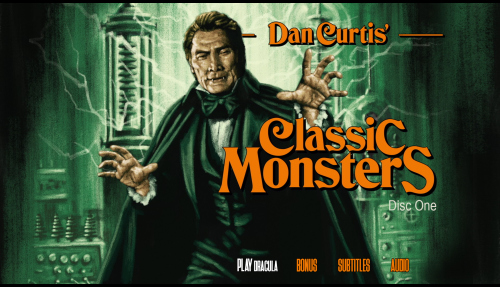 |
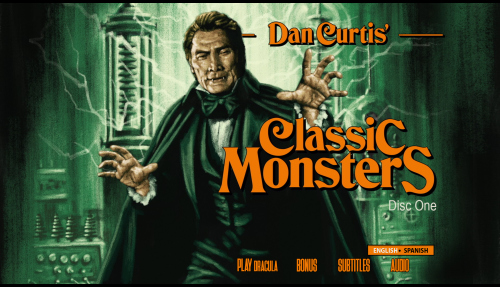 |
 |
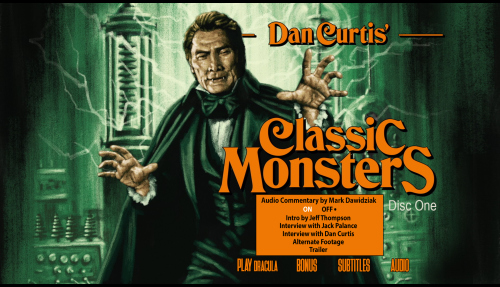 |
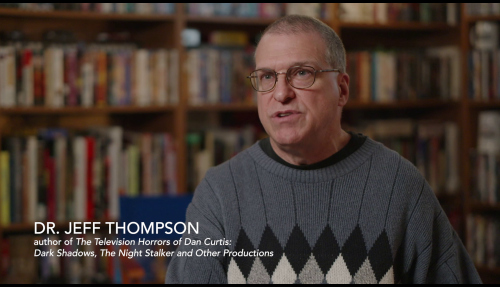 |
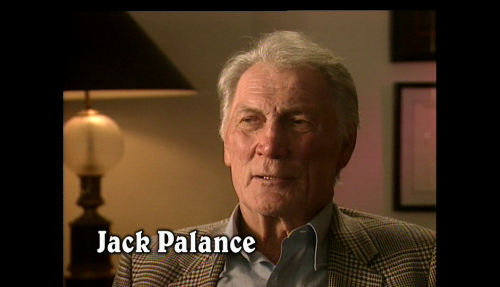 |
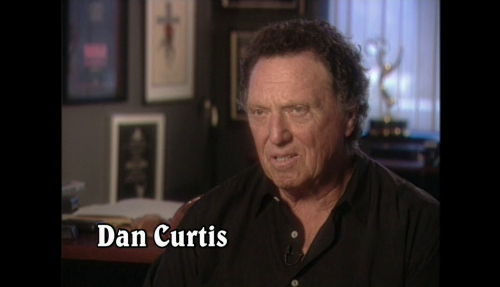 |
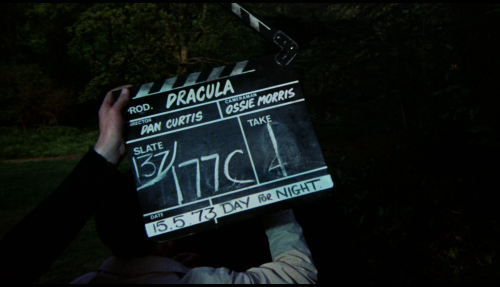 |
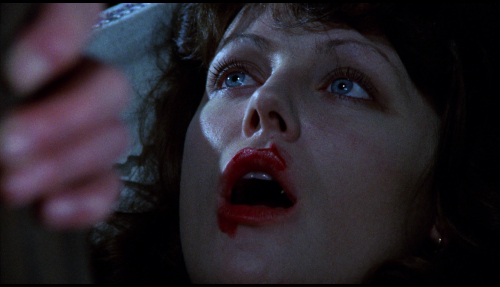 |
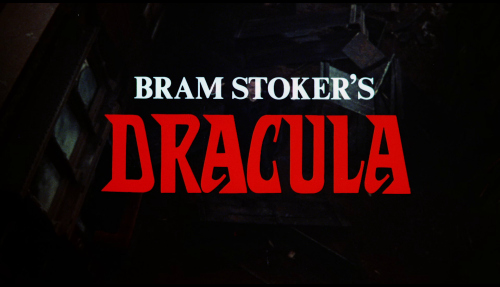 |
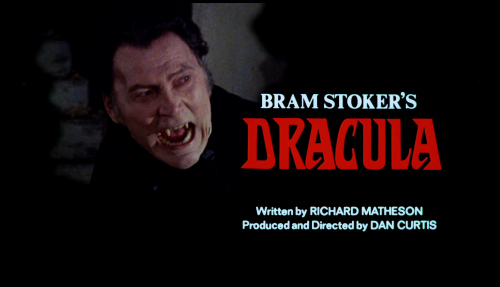 |
Blu-ray 2
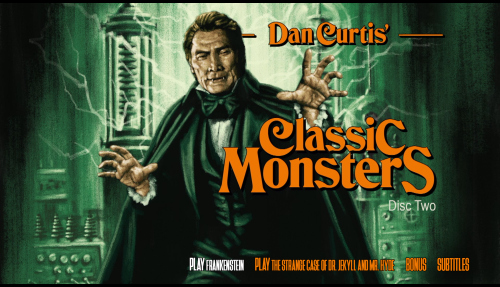 |
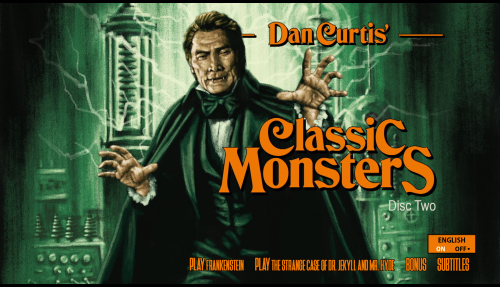 |
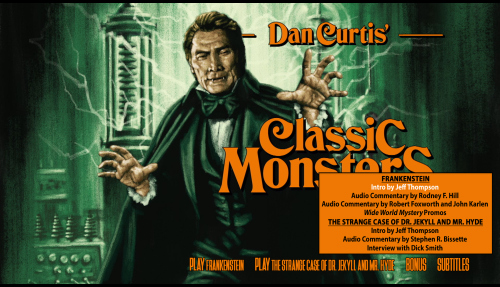 |
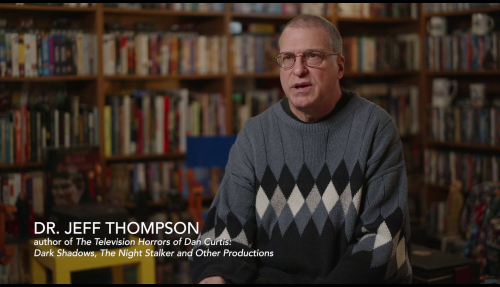 |
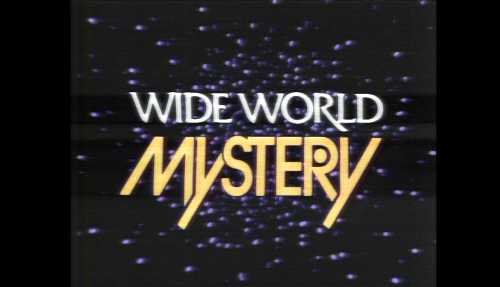 |
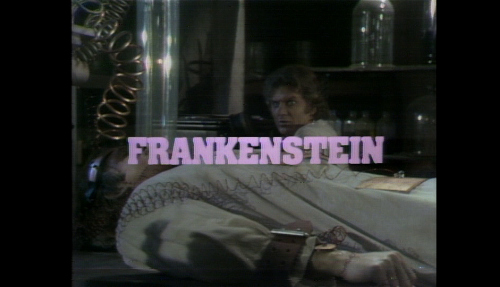 |
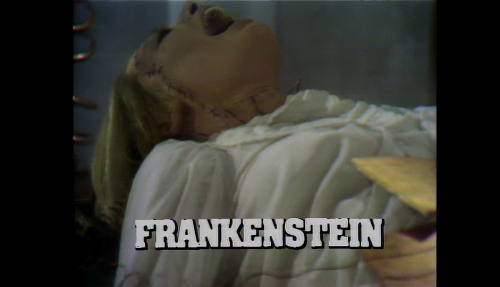 |
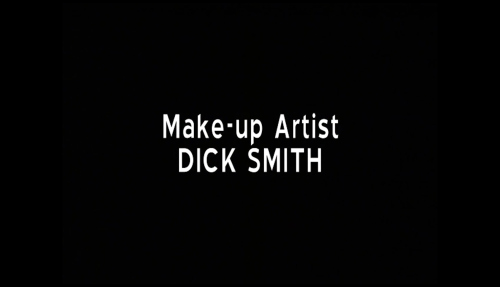 |
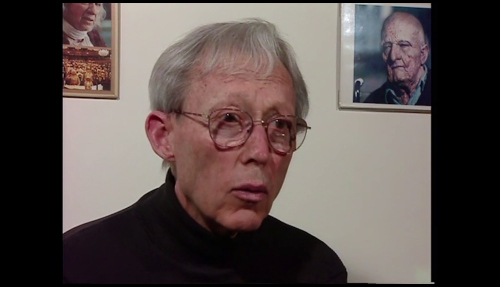 |
CLICK EACH BLU-RAY CAPTURE TO SEE ALL IMAGES IN FULL 1920X1080 RESOLUTION
The Strange Case of Dr. Jekyll and Mr. Hyde (1968):
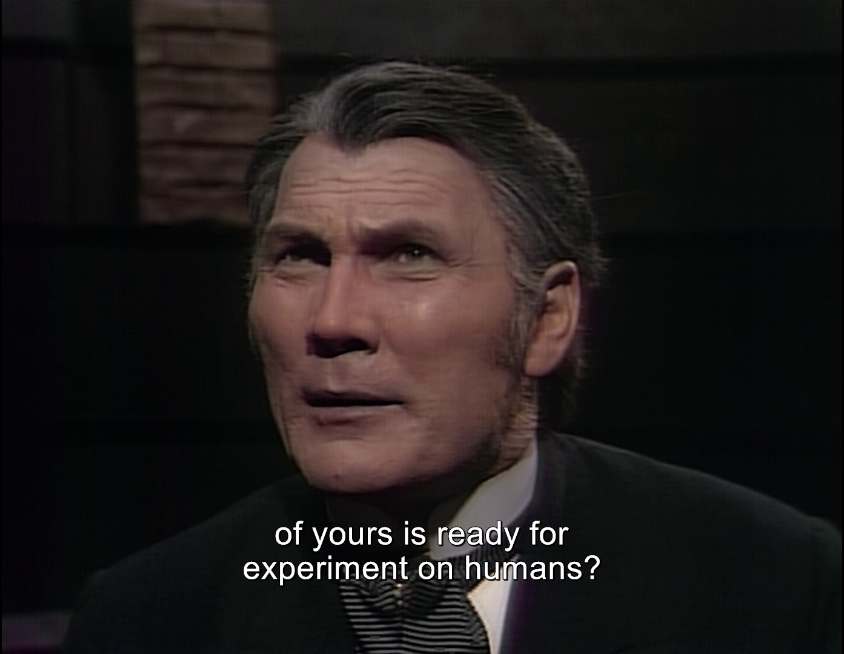 |
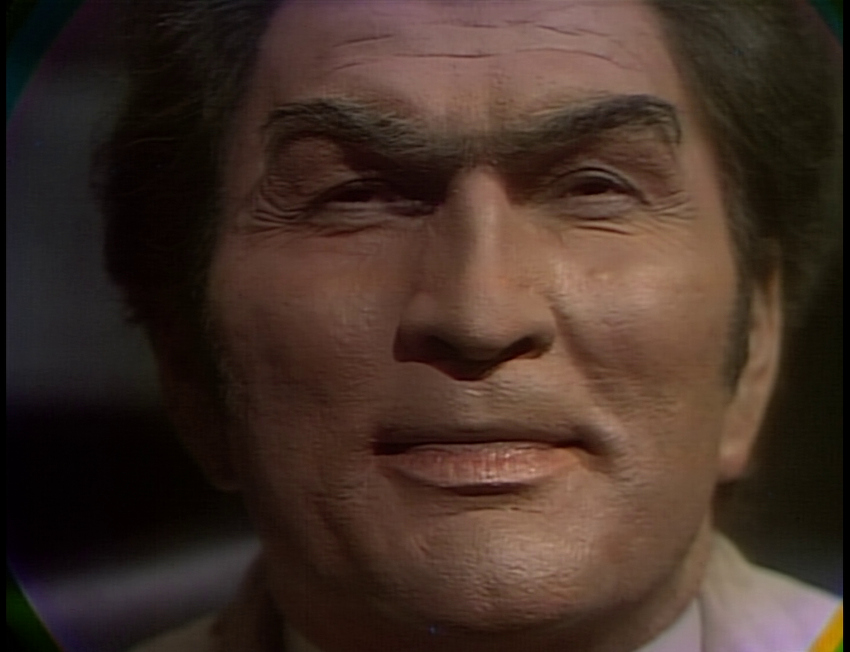 |
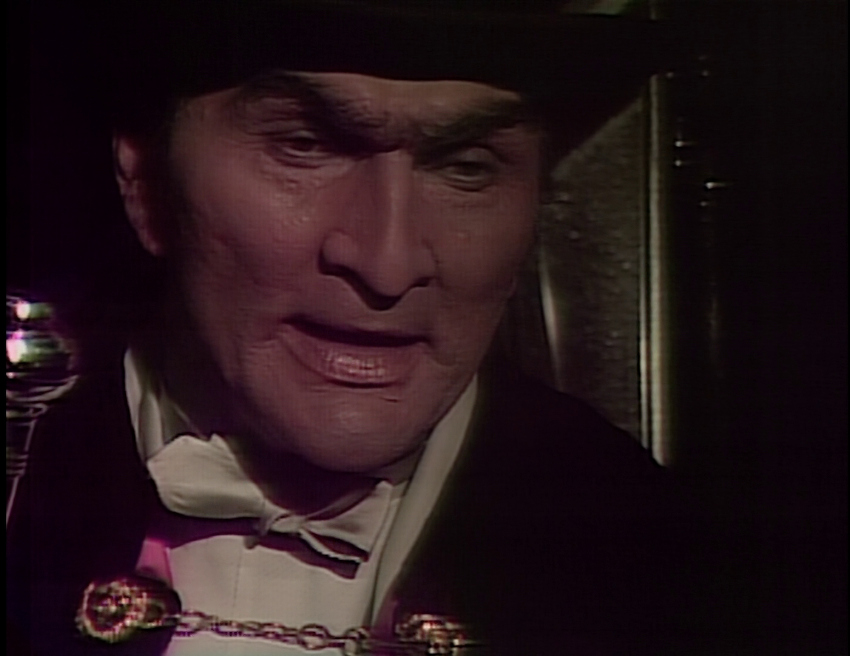 |
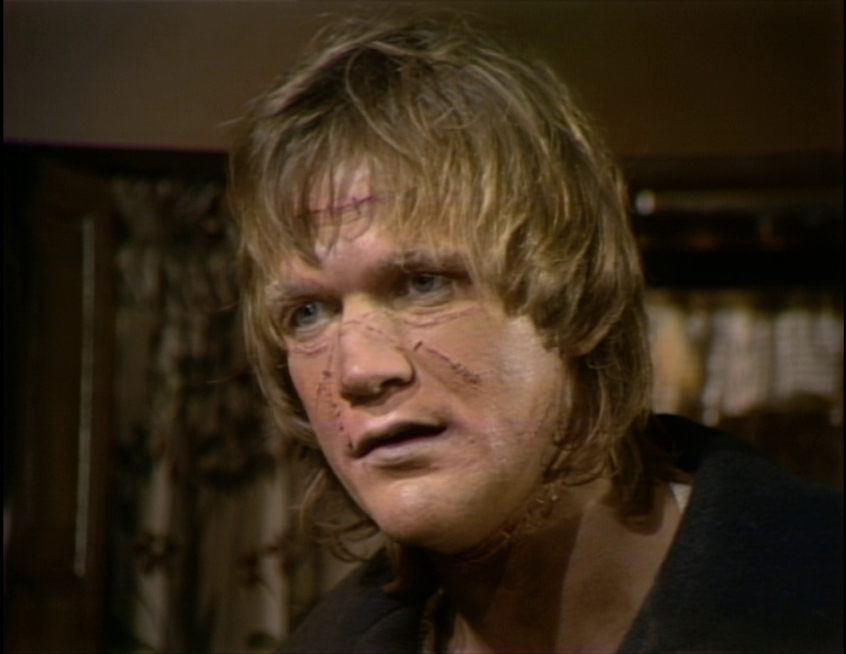 |
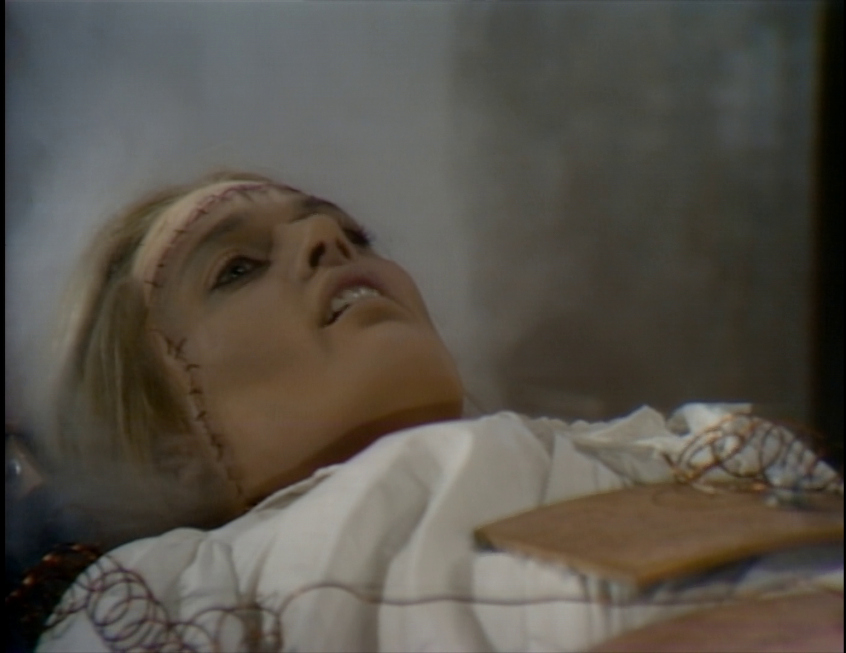 |
|
1) MPI - Region 'A'
-
Blu-ray TOP
|
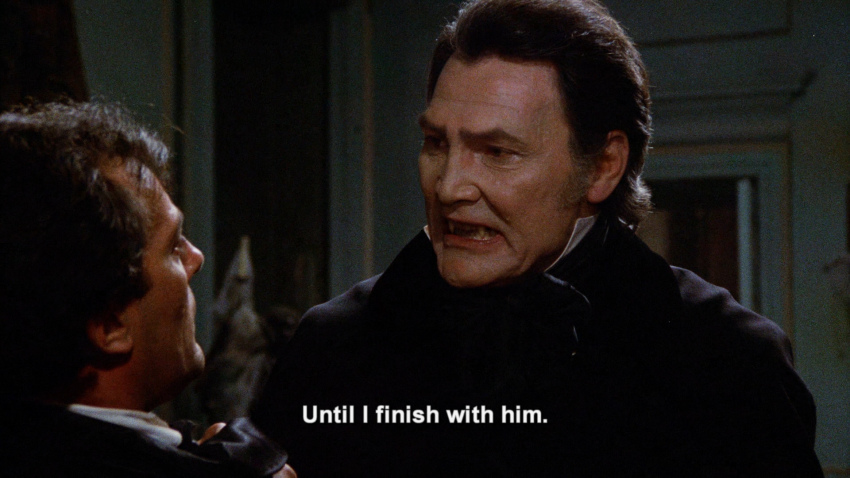 |
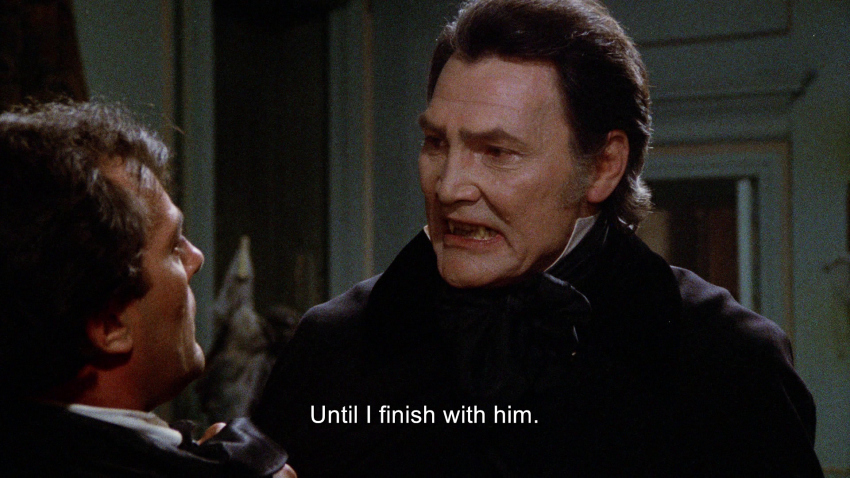 |
|
1) Odeon Entertainment - Region 'B''
-
Blu-ray TOP
|
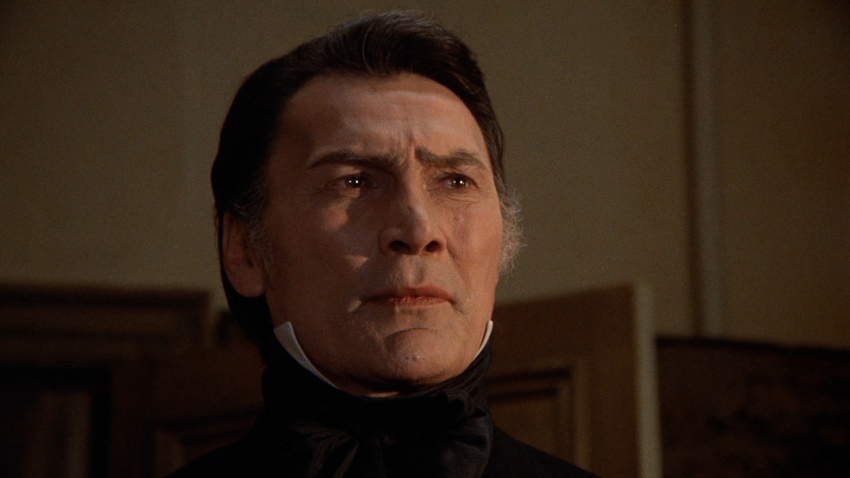 |
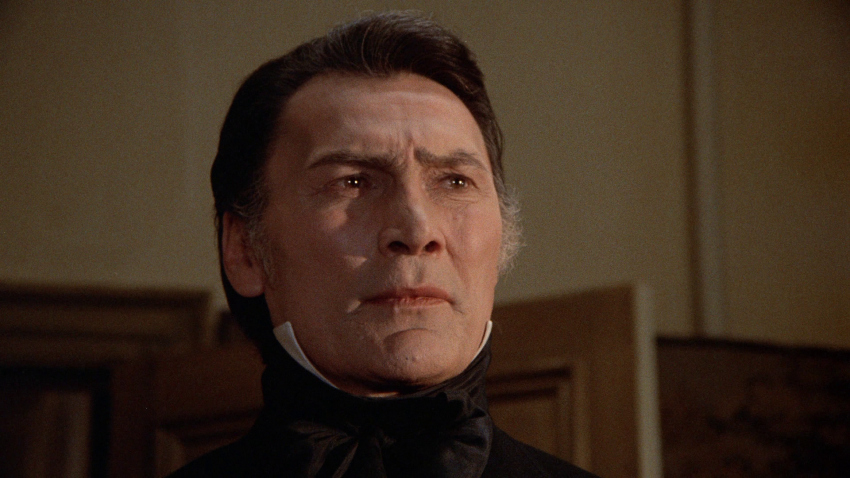 |
|
1) MPI - Region 'A'
-
Blu-ray TOP
|
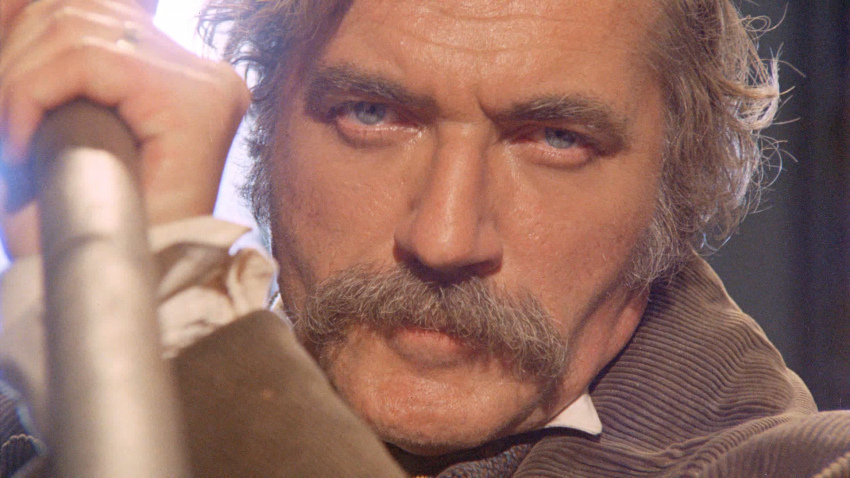 |
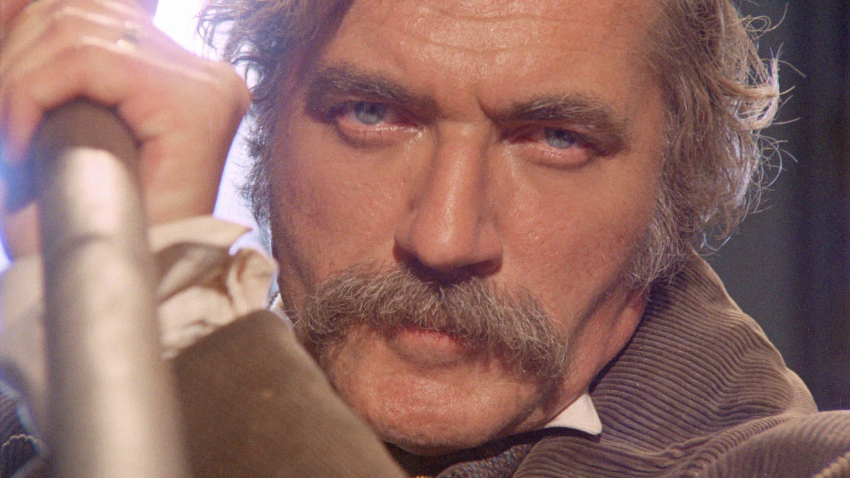 |
More Kino Cult - Region 'A' - Blu-ray Captures
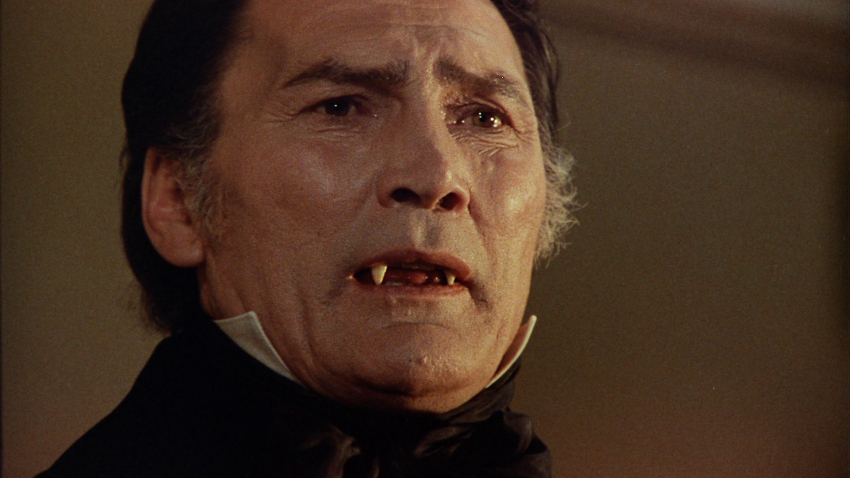 |
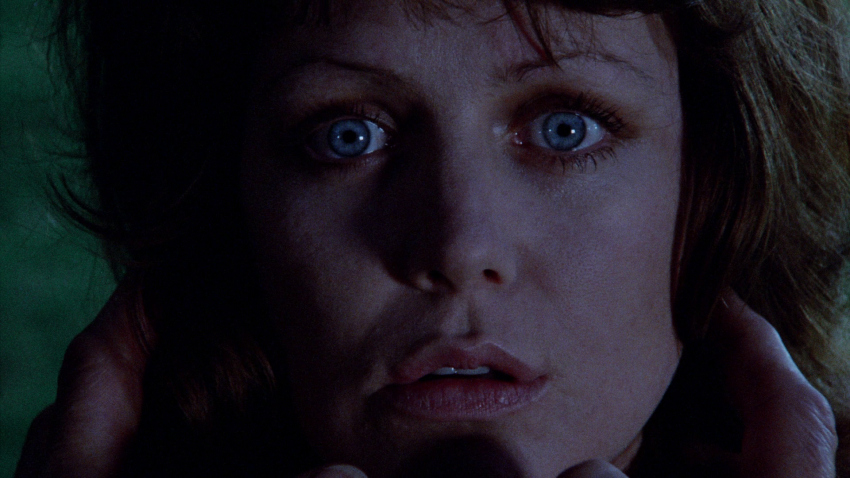 |
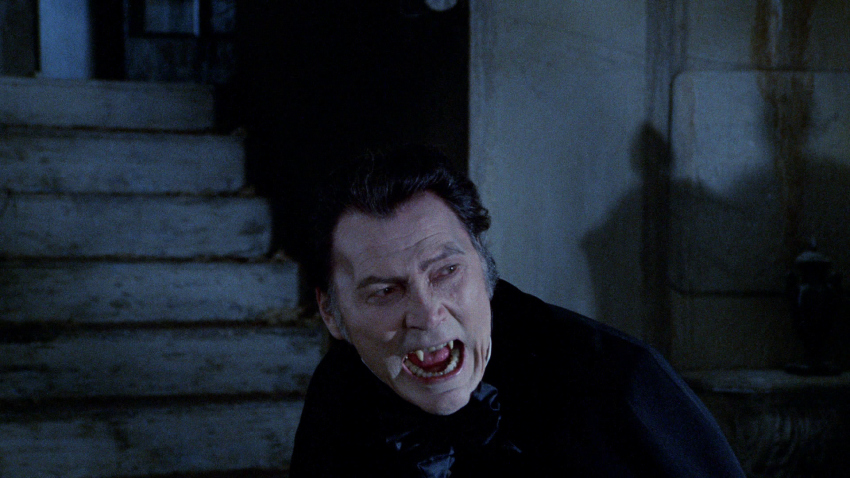 |
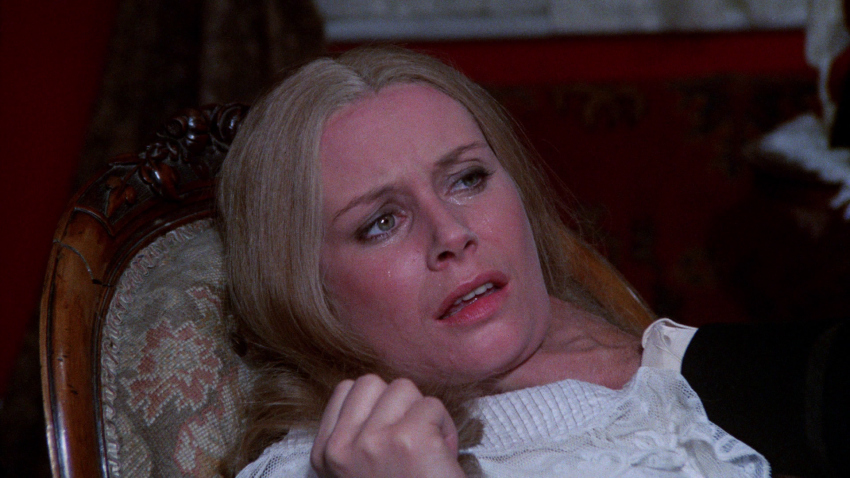 |
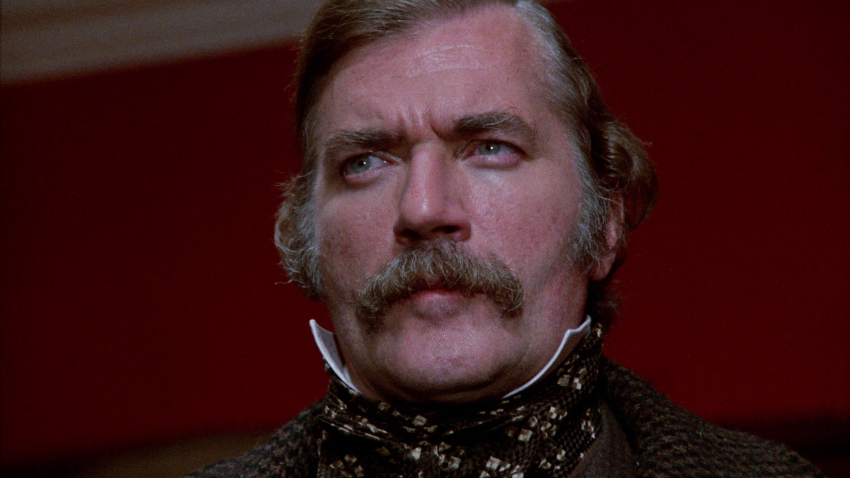 |
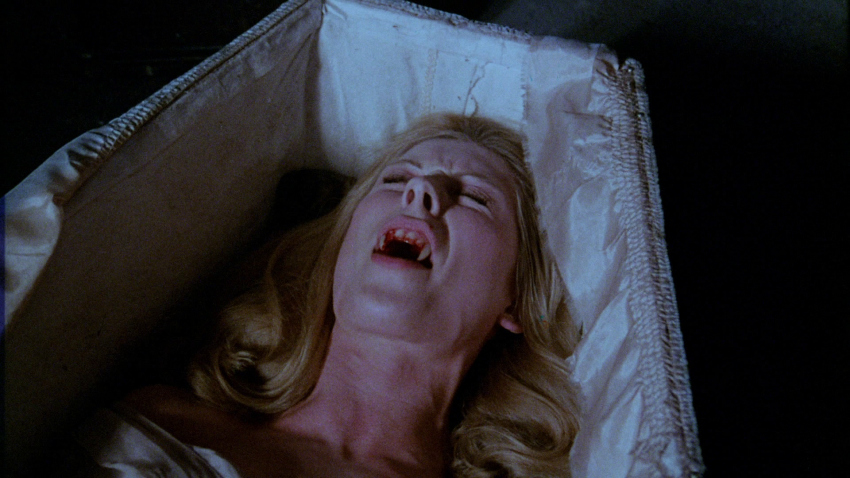 |
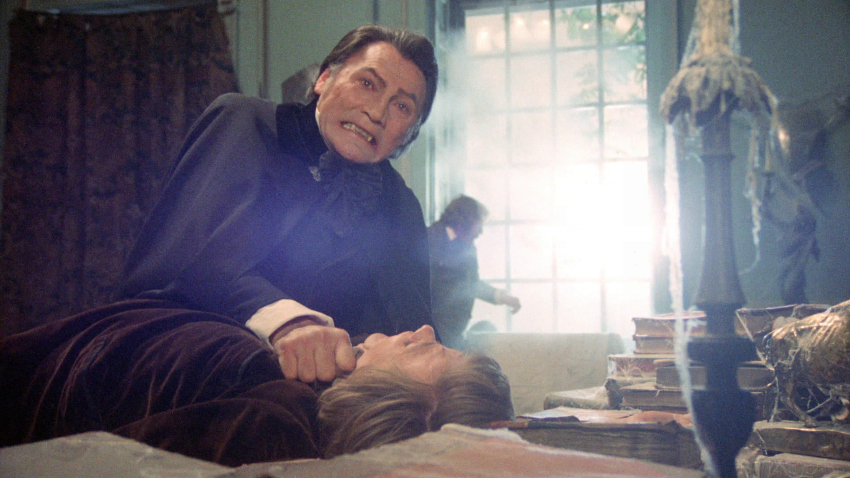 |
More full resolution (1920 X 1080) Blu-ray Captures for DVDBeaver Patreon Supporters HERE
The Strange Case of Dr. Jekyll and Mr. Hyde (1968):
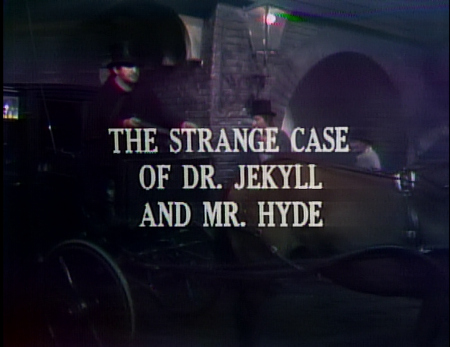 |
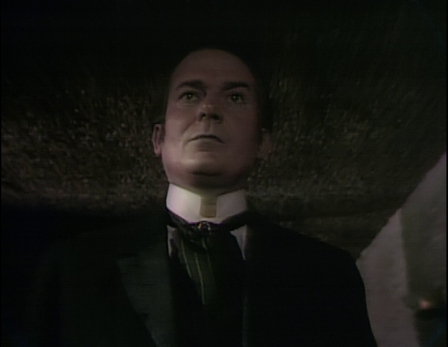 |
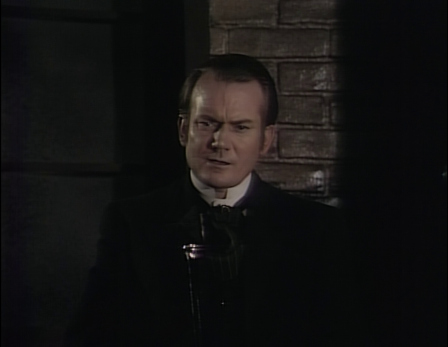 |
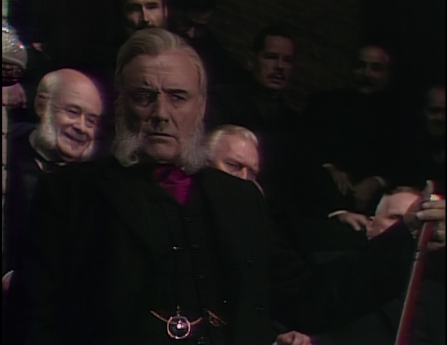 |
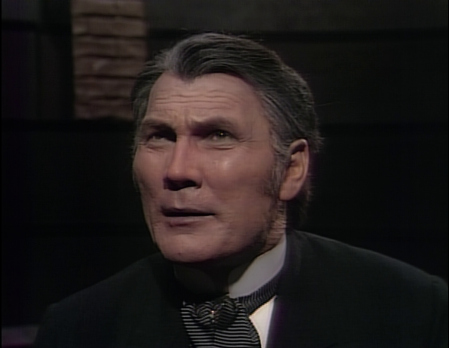 |
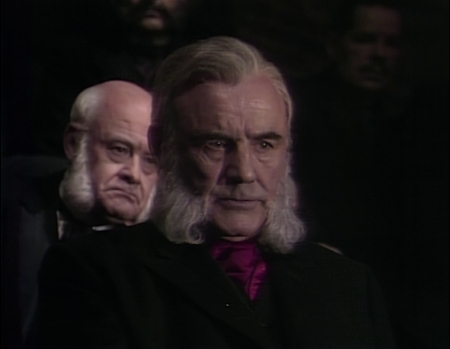 |
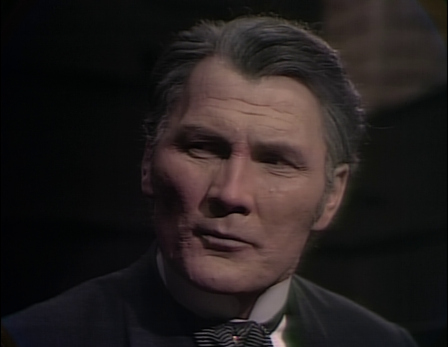 |
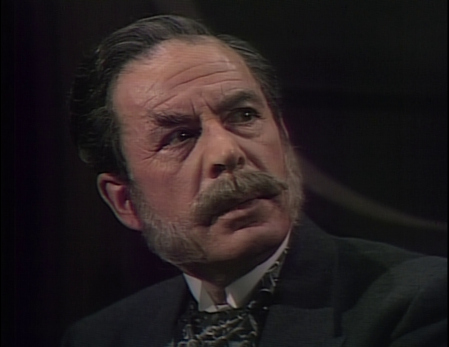 |
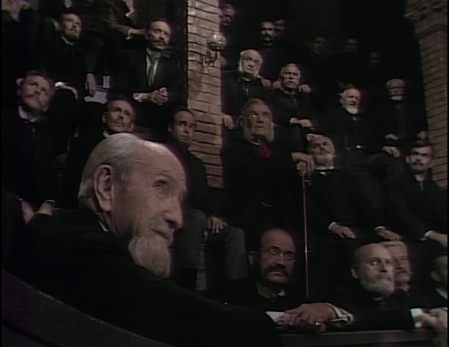 |
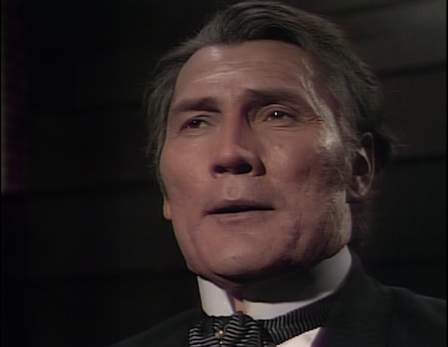 |
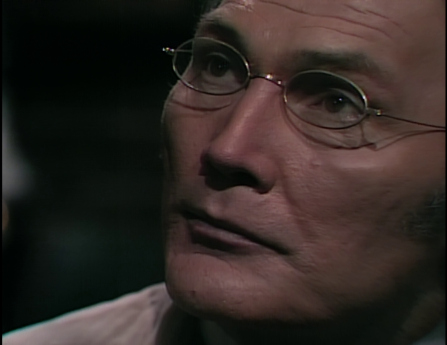 |
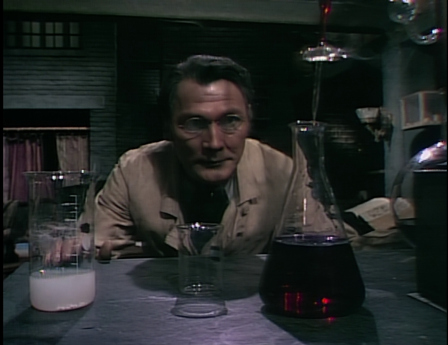 |
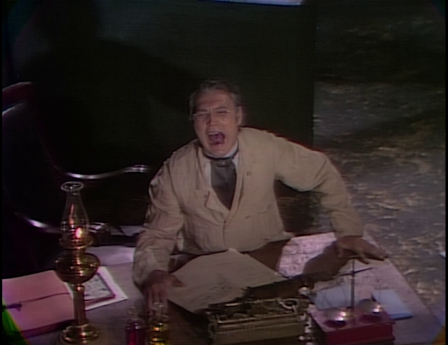 |
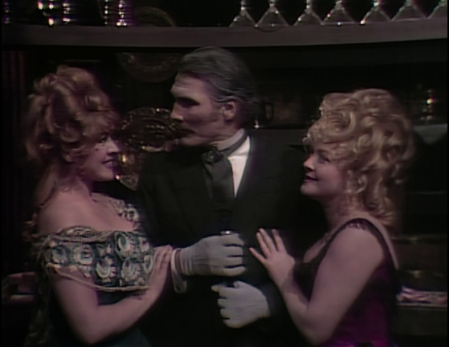 |
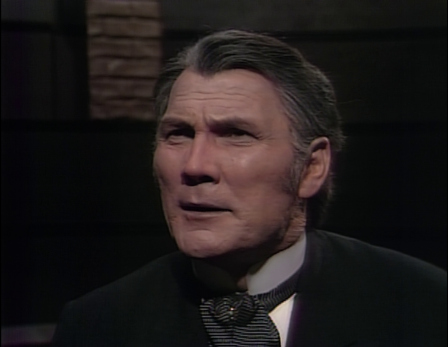 |
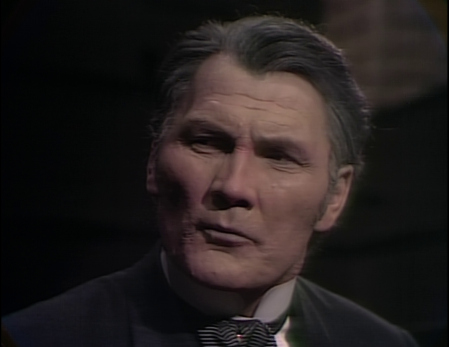 |
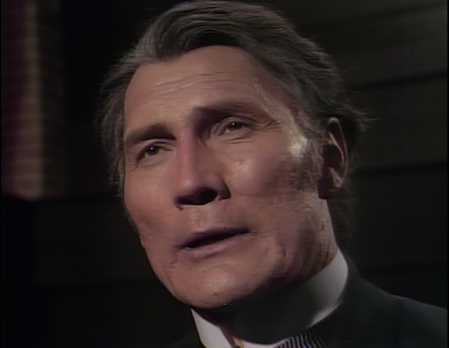 |
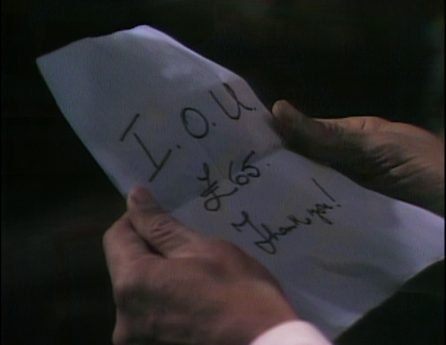 |
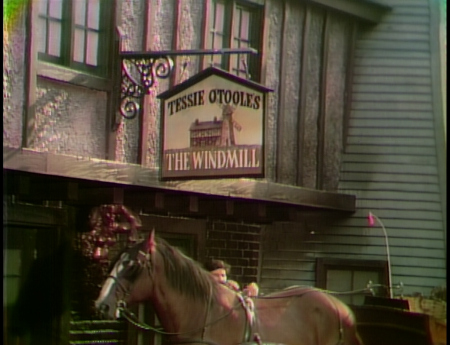 |
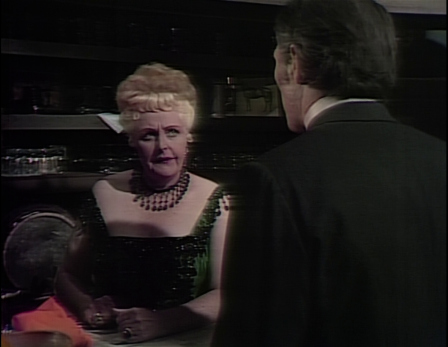 |
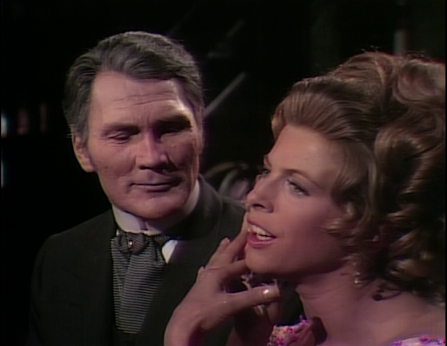 |
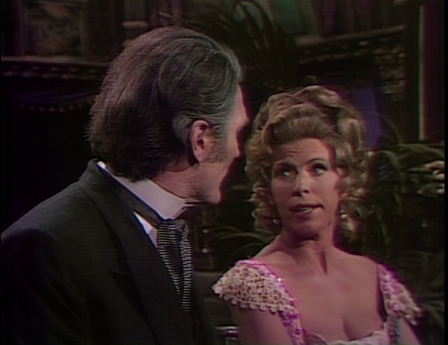 |
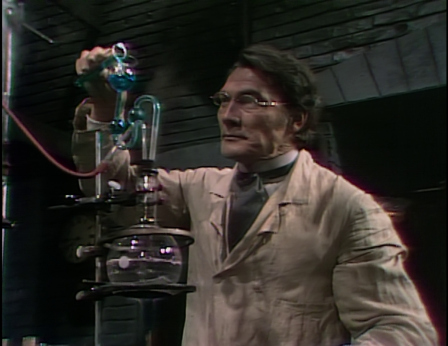 |
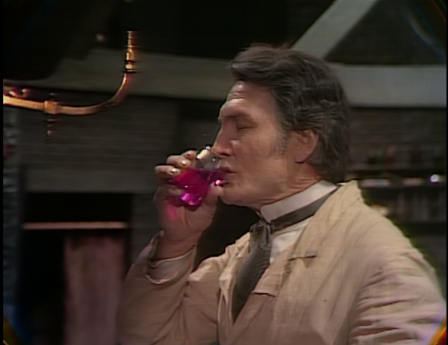 |
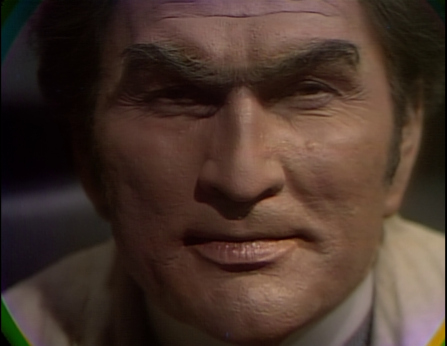 |
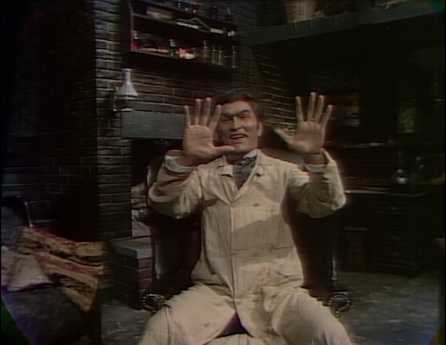 |
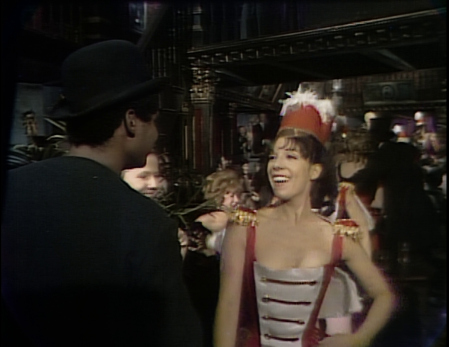 |
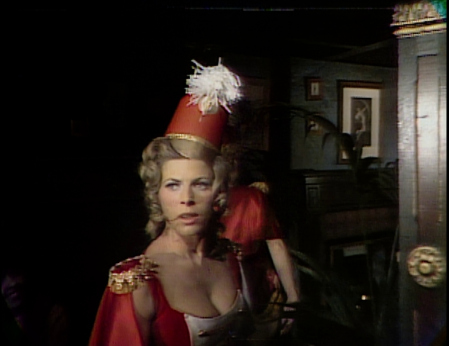 |
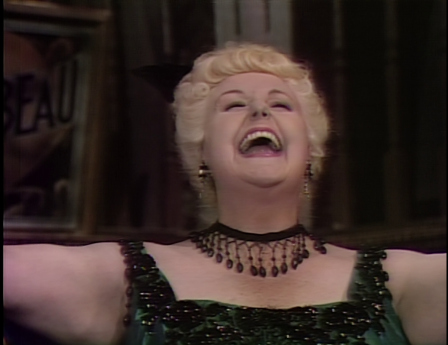 |
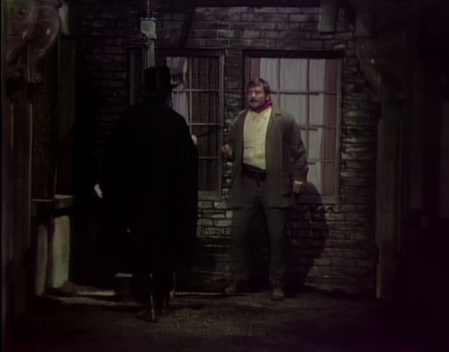 |
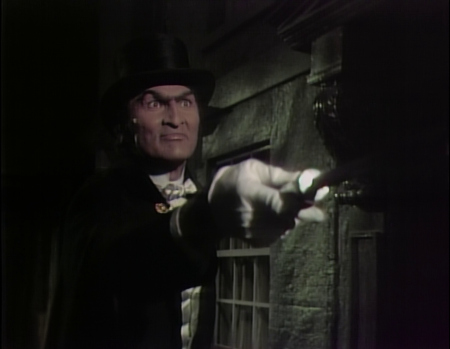 |
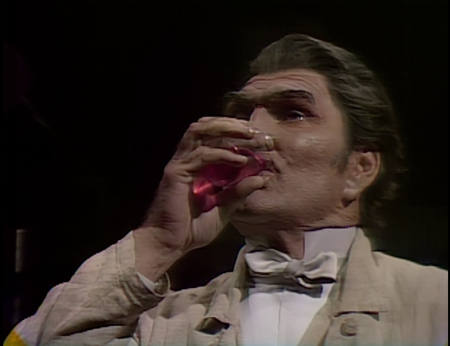 |
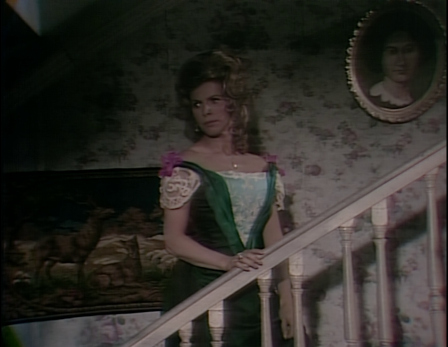 |
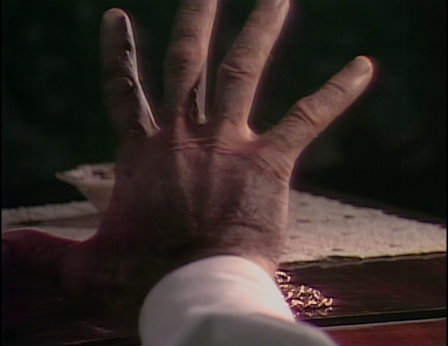 |
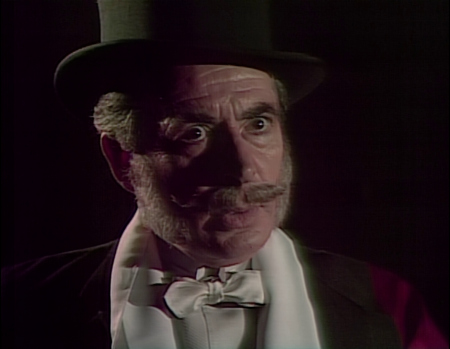 |
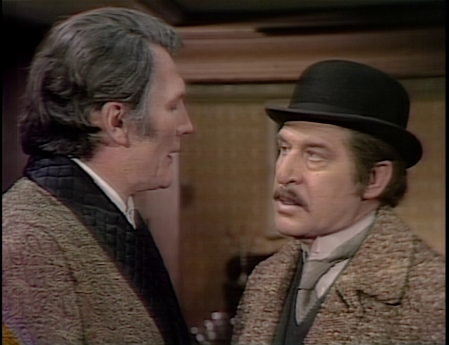 |
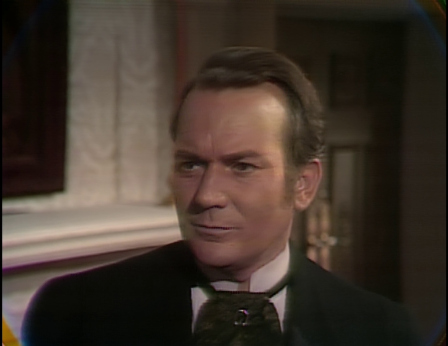 |
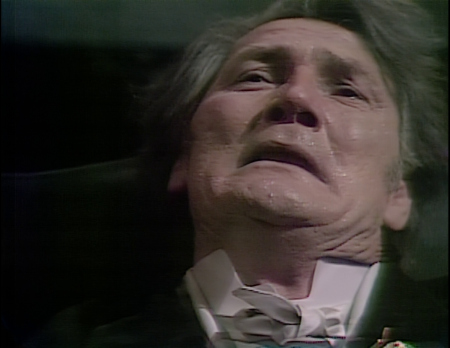 |
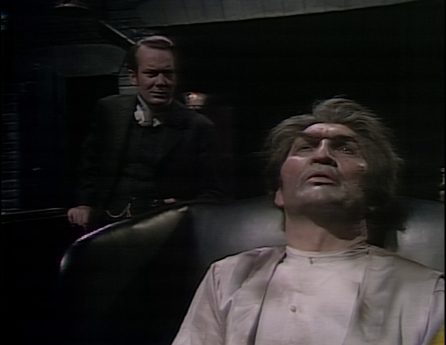 |
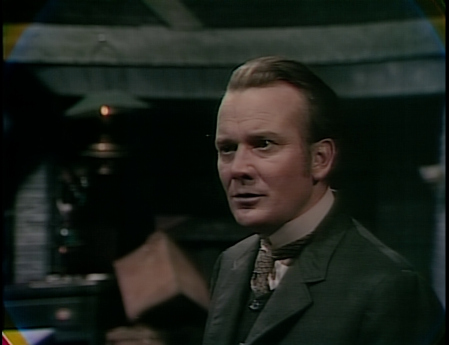 |
Frankenstein (1973):
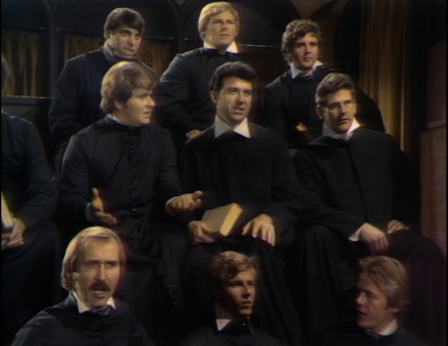 |
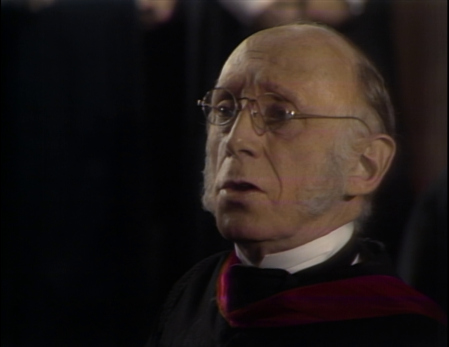 |
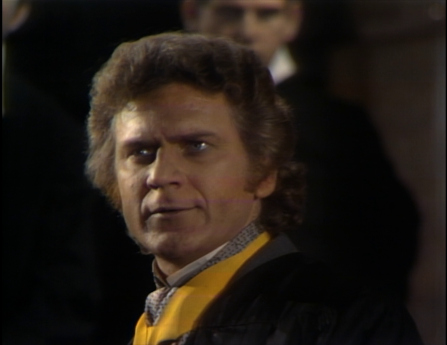 |
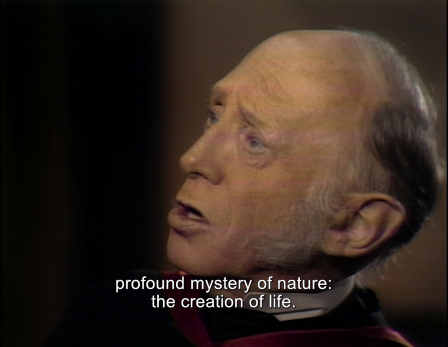 |
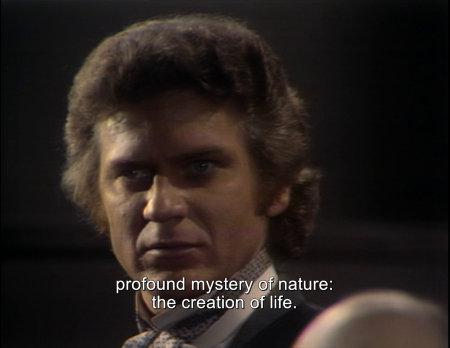 |
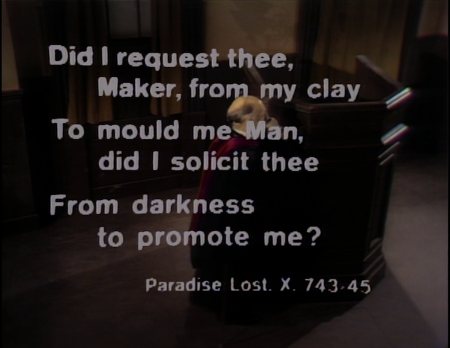 |
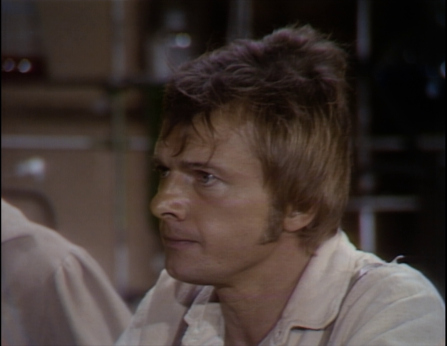 |
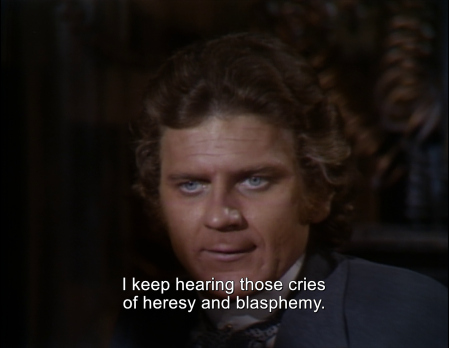 |
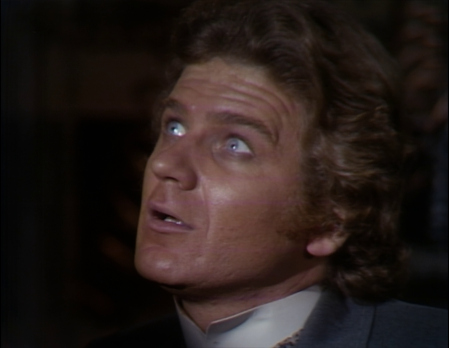 |
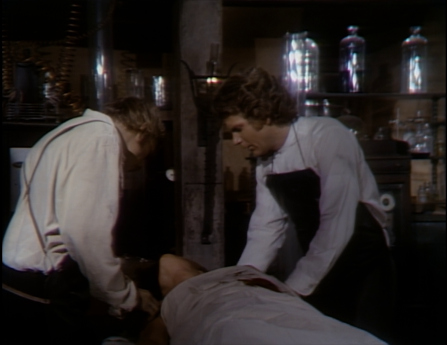 |
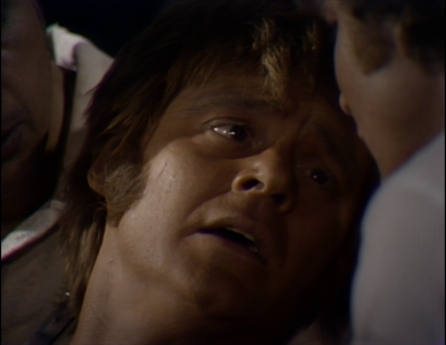 |
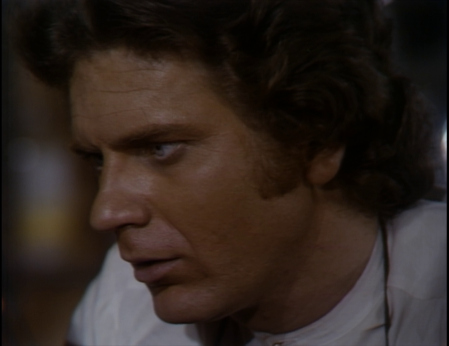 |
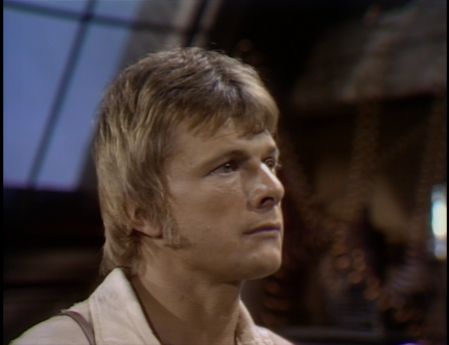 |
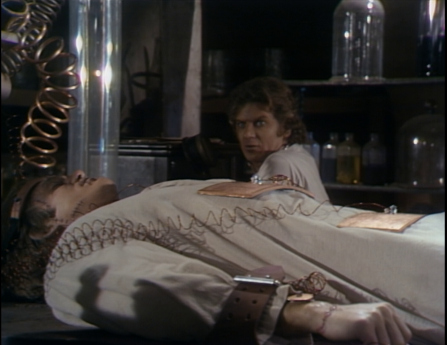 |
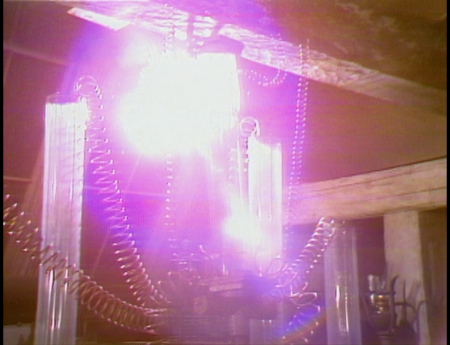 |
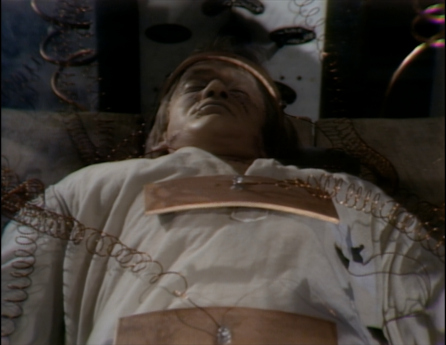 |
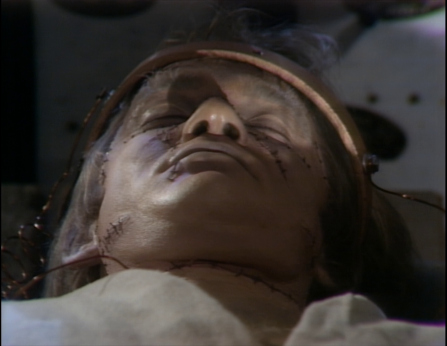 |
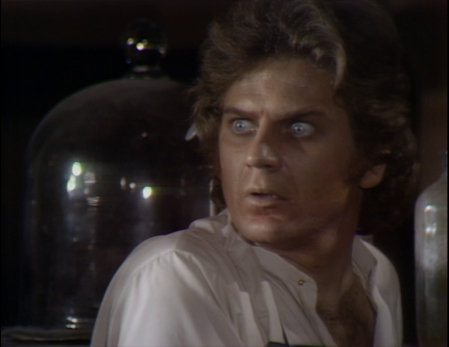 |
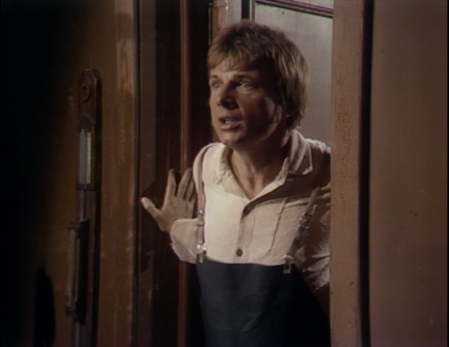 |
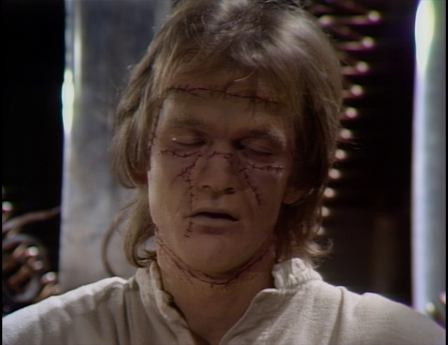 |
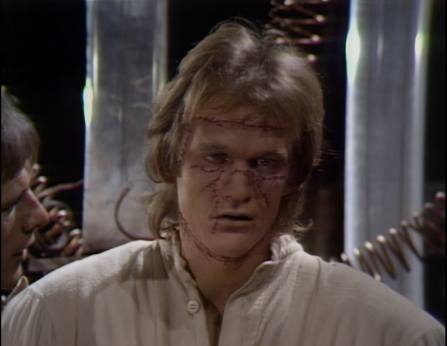 |
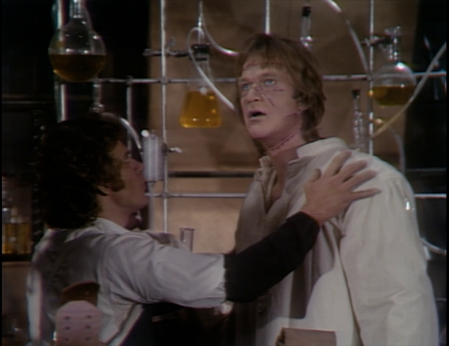 |
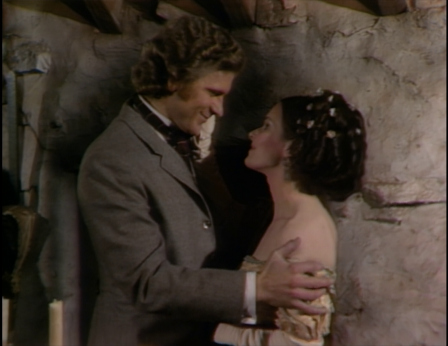 |
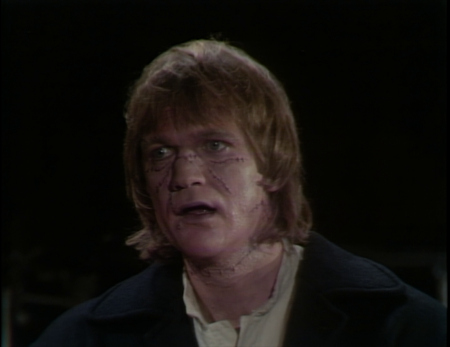 |
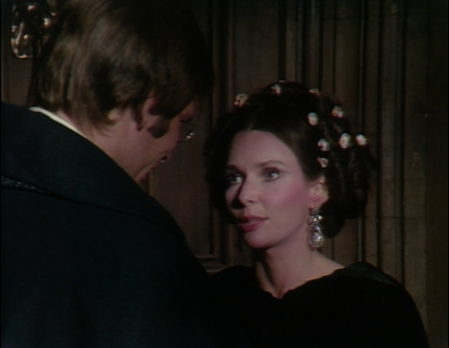 |
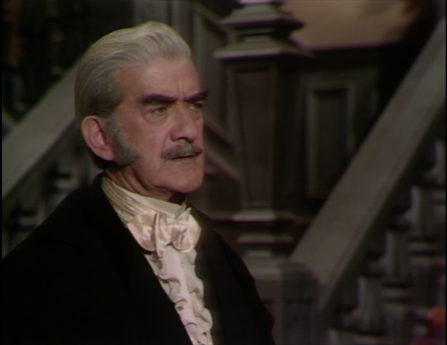 |
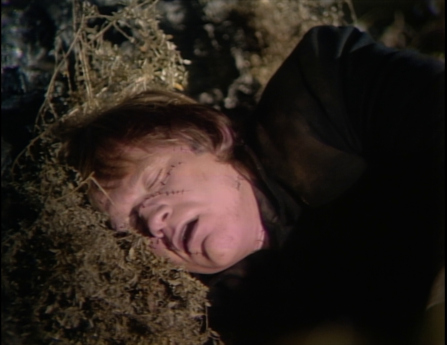 |
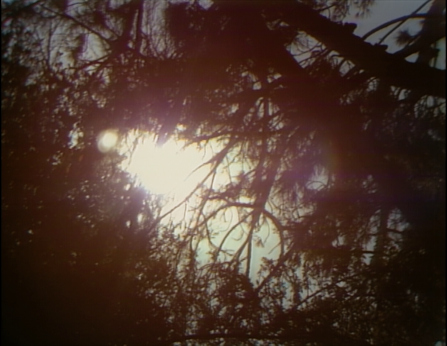 |
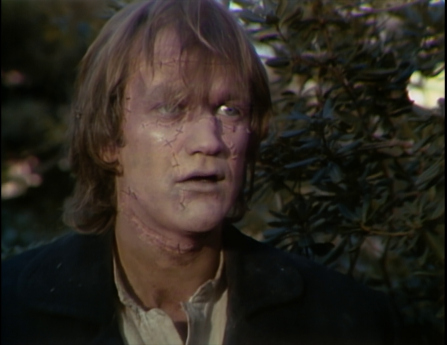 |
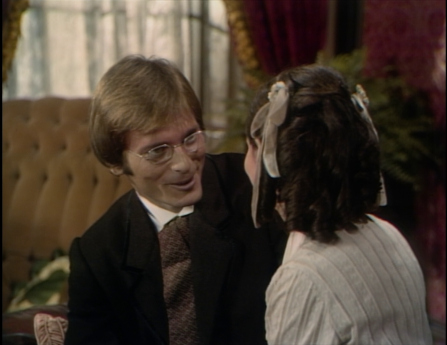 |
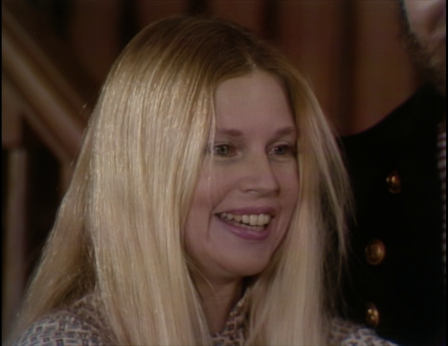 |
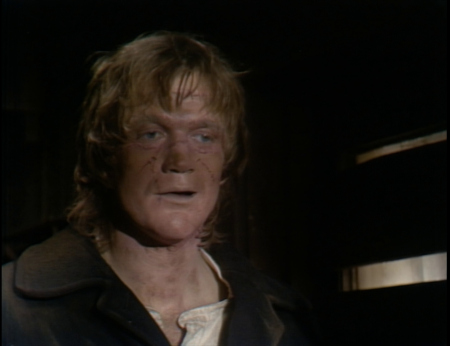 |
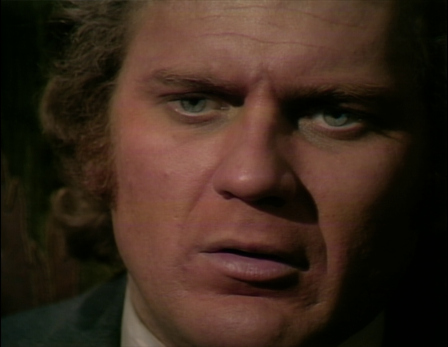 |
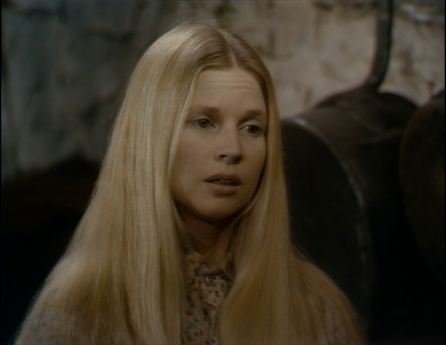 |
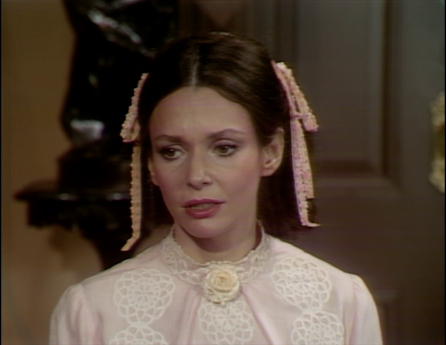 |
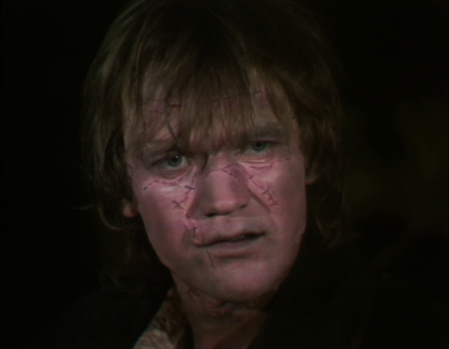 |
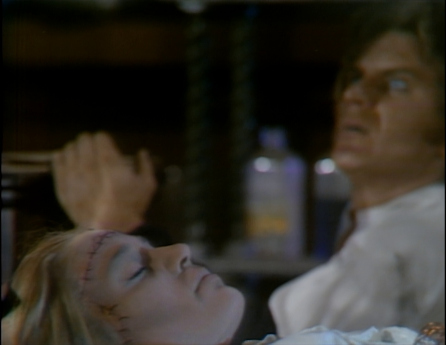 |
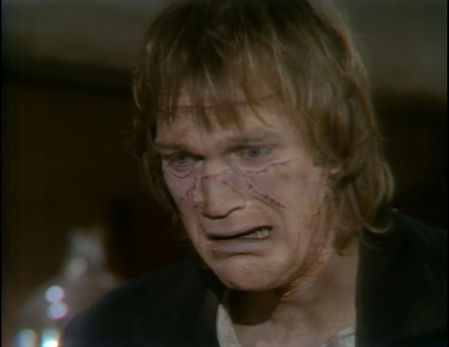 |
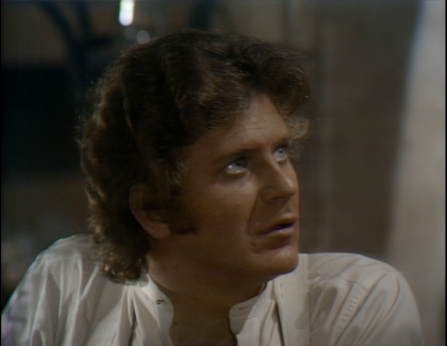 |
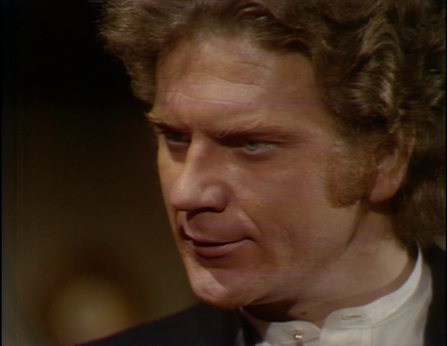 |
Bram Stoker's Dracula (1974):
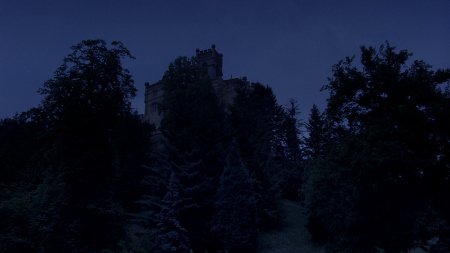 |
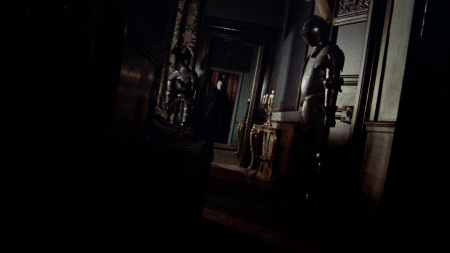 |
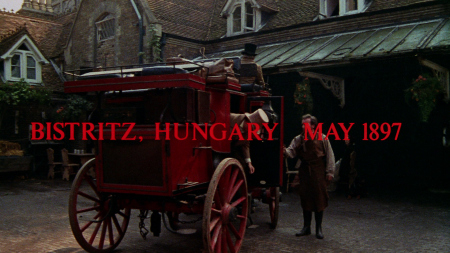 |
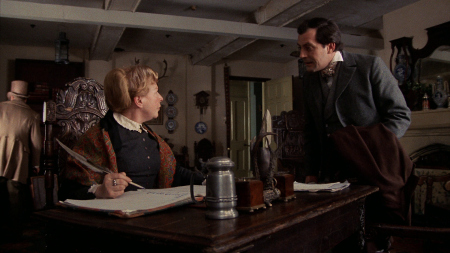 |
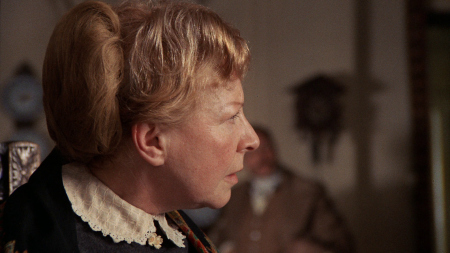 |
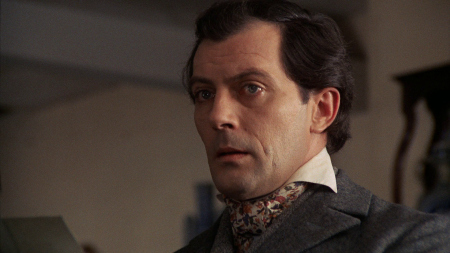 |
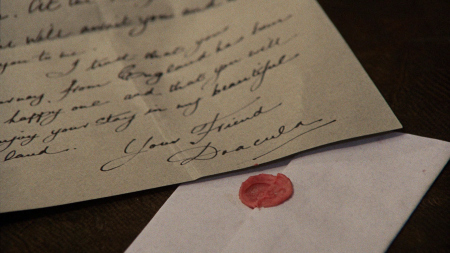 |
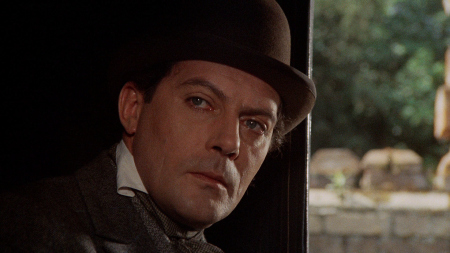 |
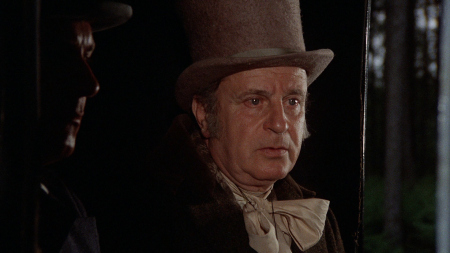 |
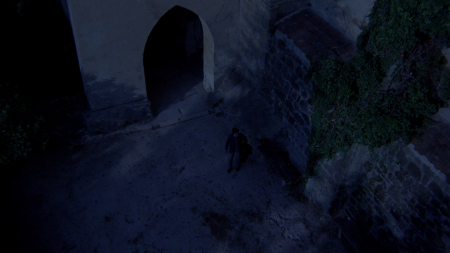 |
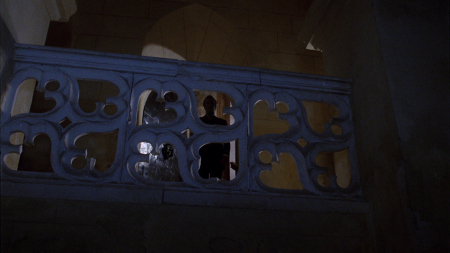 |
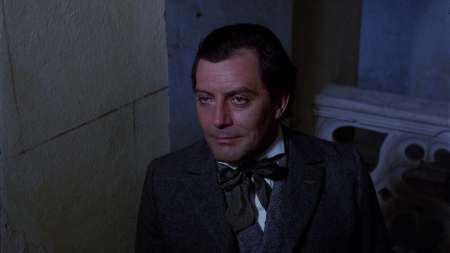 |
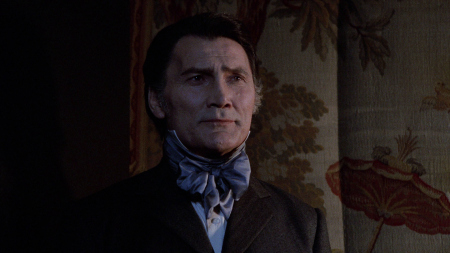 |
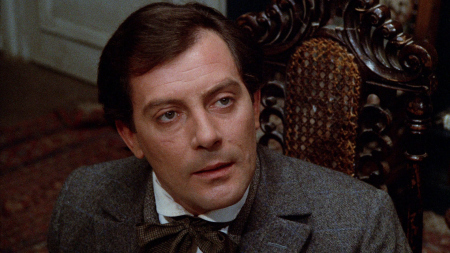 |
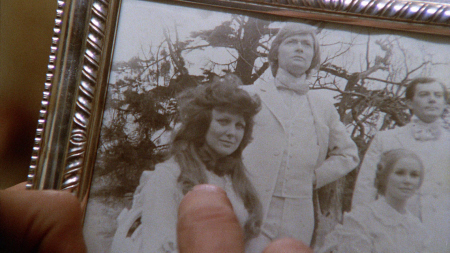 |
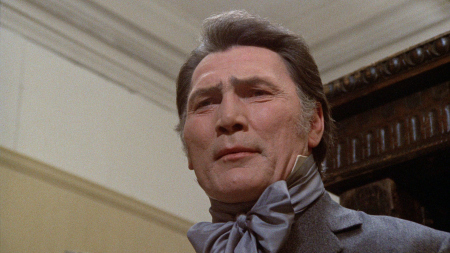 |
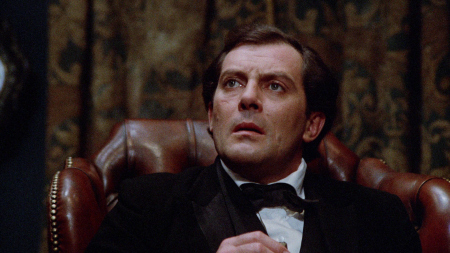 |
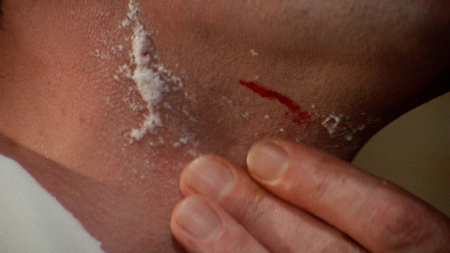 |
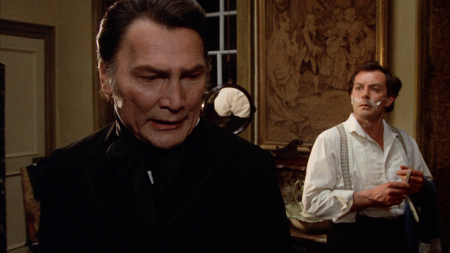 |
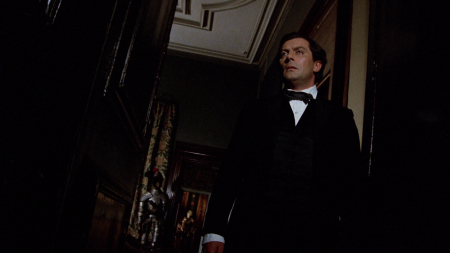 |
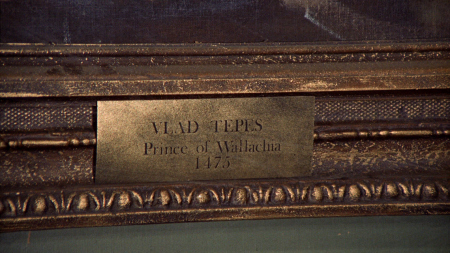 |
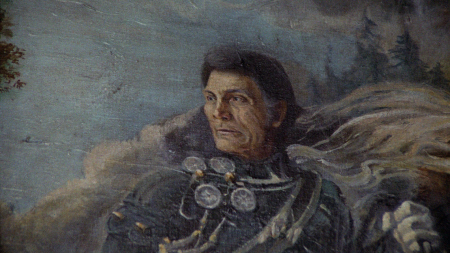 |
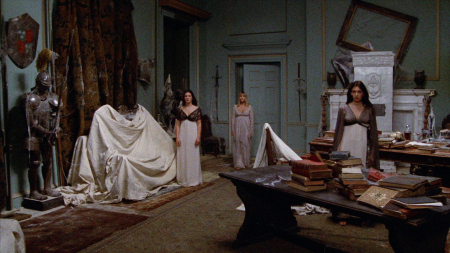 |
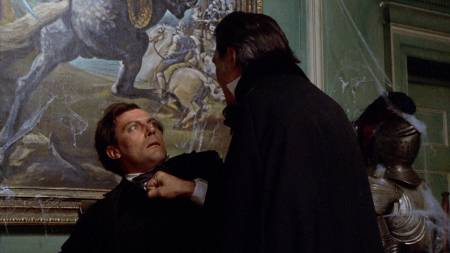 |
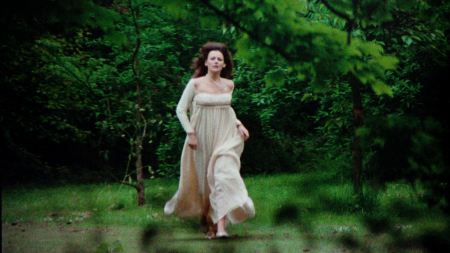 |
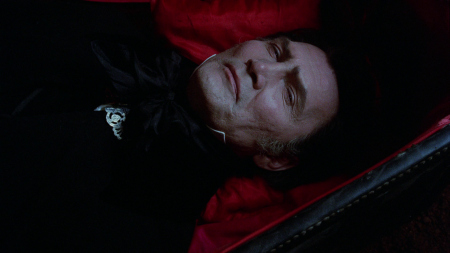 |
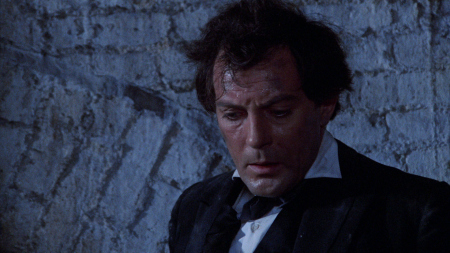 |
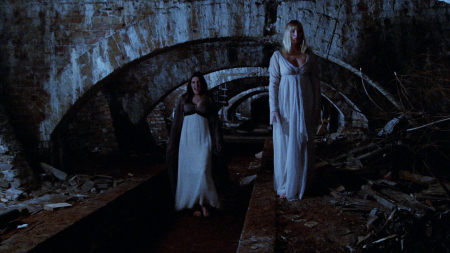 |
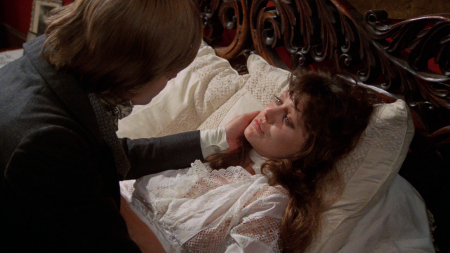 |
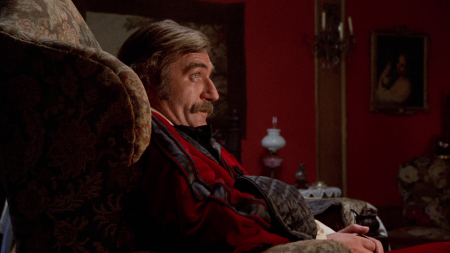 |
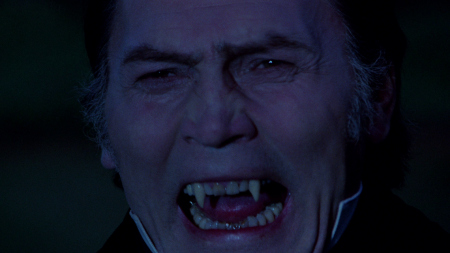 |
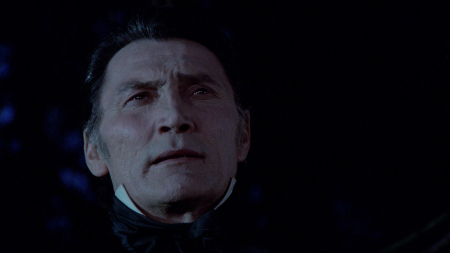 |
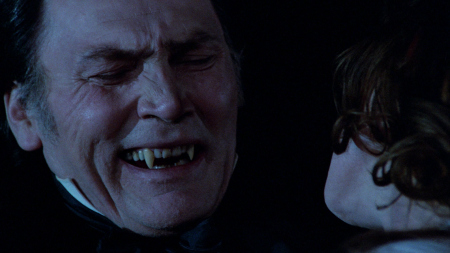 |
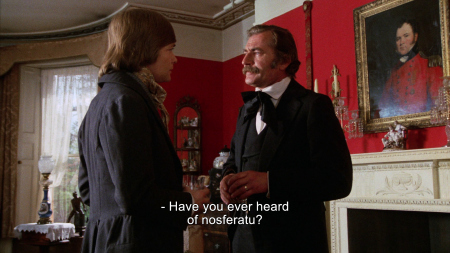 |
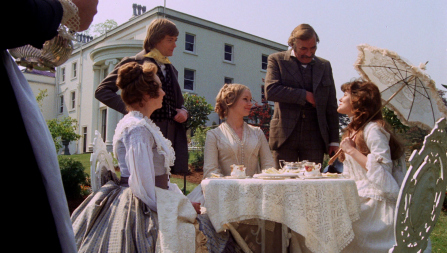 |
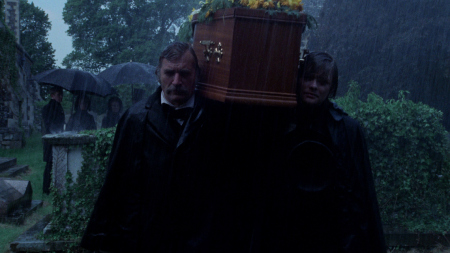 |
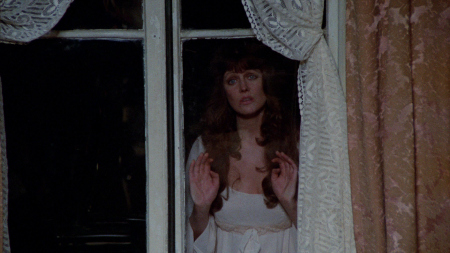 |
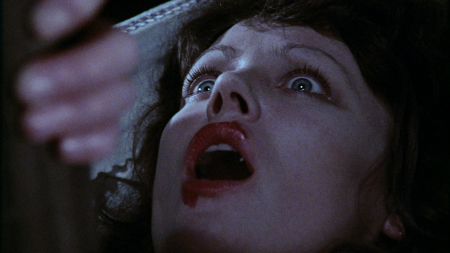 |
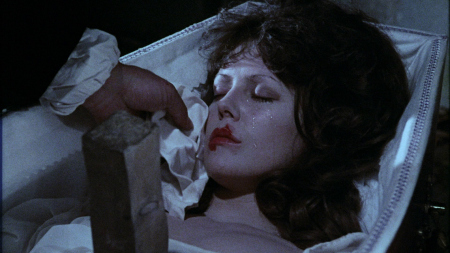 |
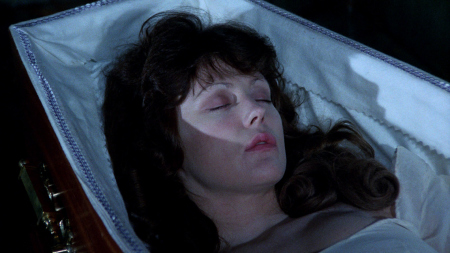 |
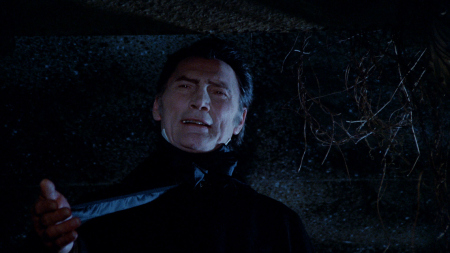 |
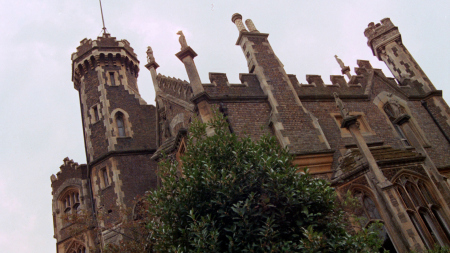 |
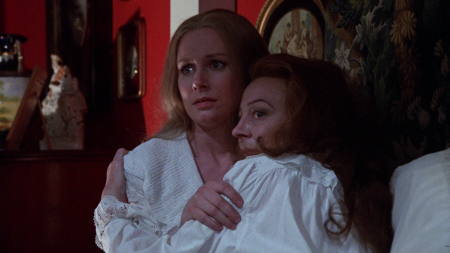 |
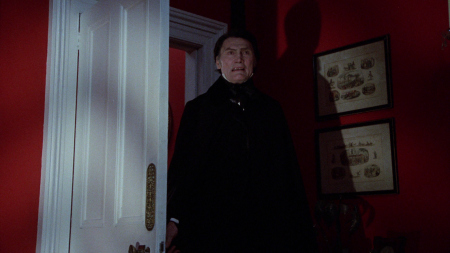 |
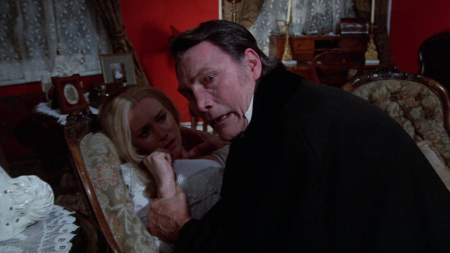 |
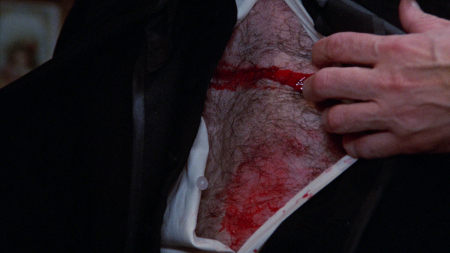 |
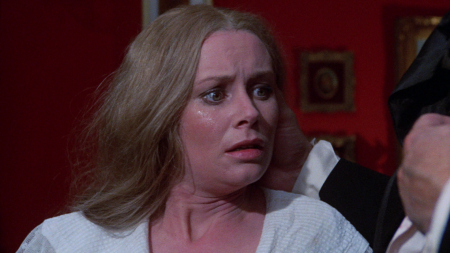 |
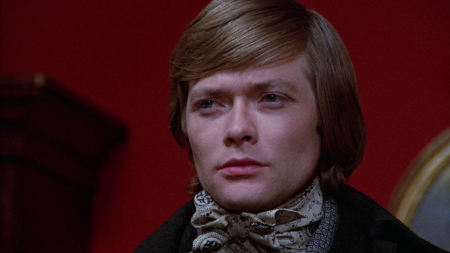 |
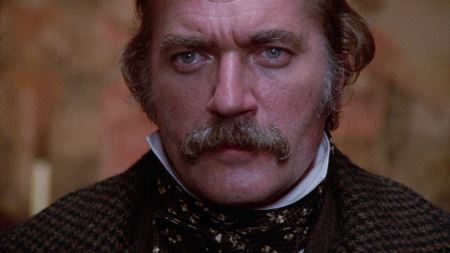 |
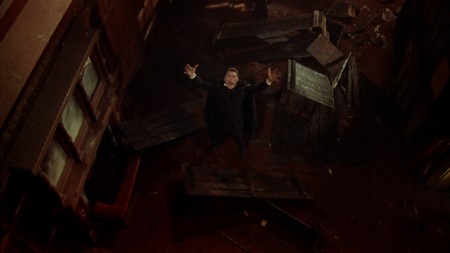 |
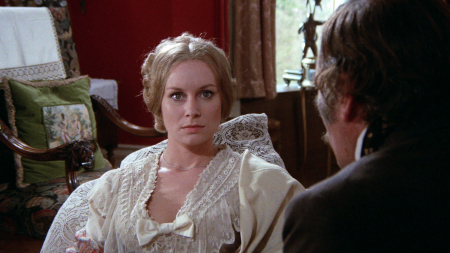 |
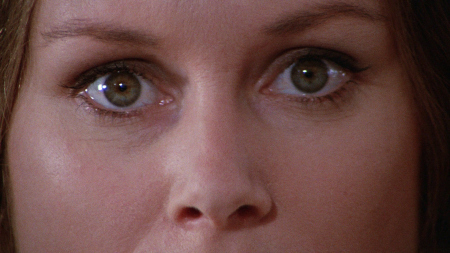 |
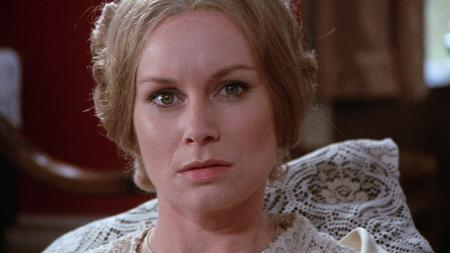 |
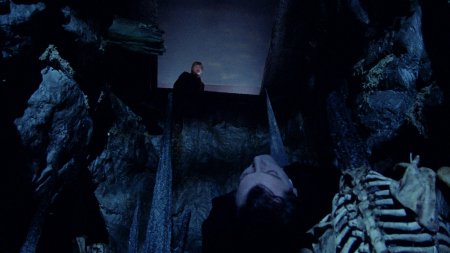 |
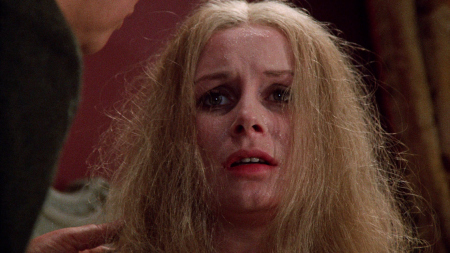 |
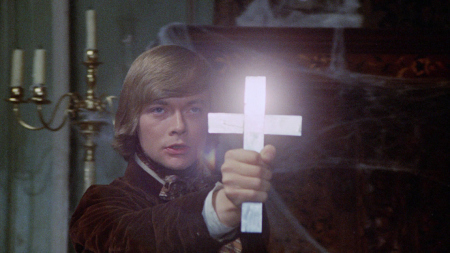 |
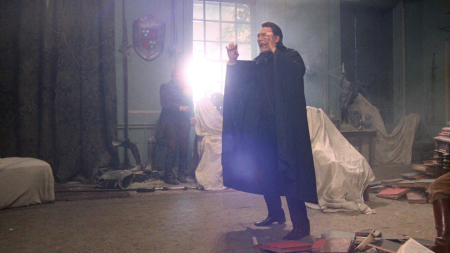 |
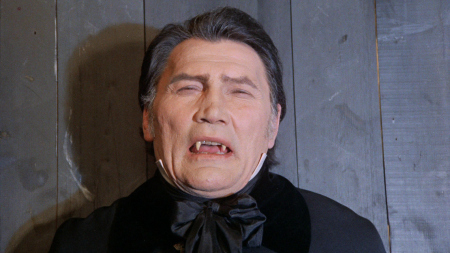 |
| Box Cover |
|
CLICK to order from: BONUS CAPTURES: |
| Distribution | Kino - Region 'A' - Blu-ray | |
![]()
![]()

![]()
![]()
|
Search DVDBeaver |
S E A R C H D V D B e a v e r |


